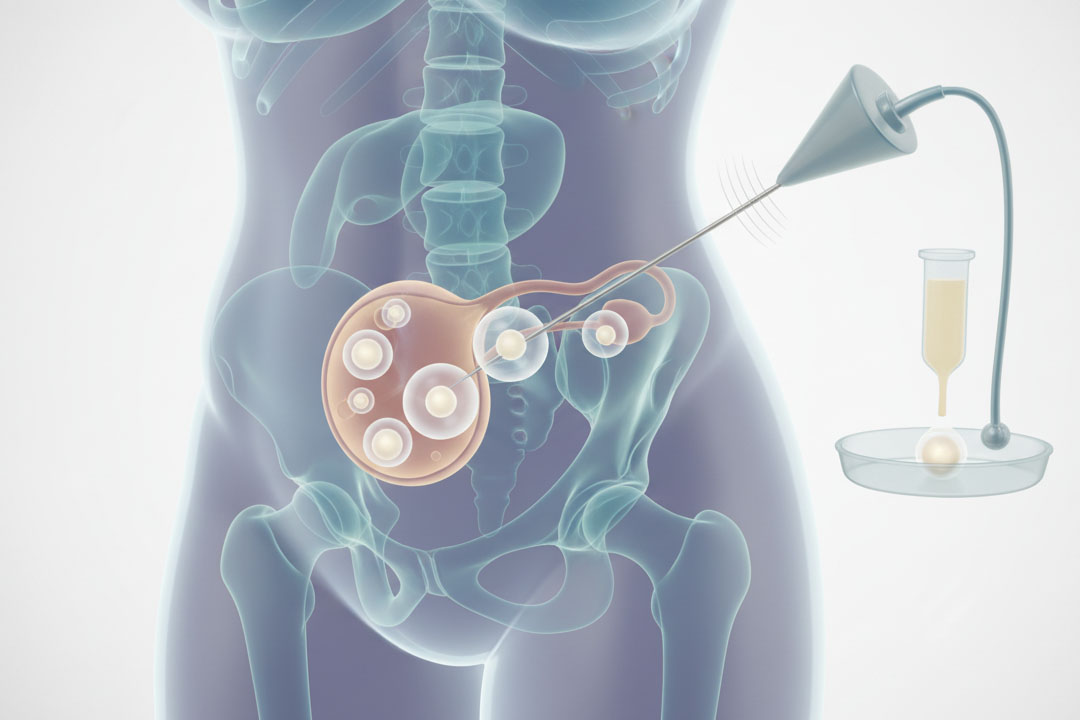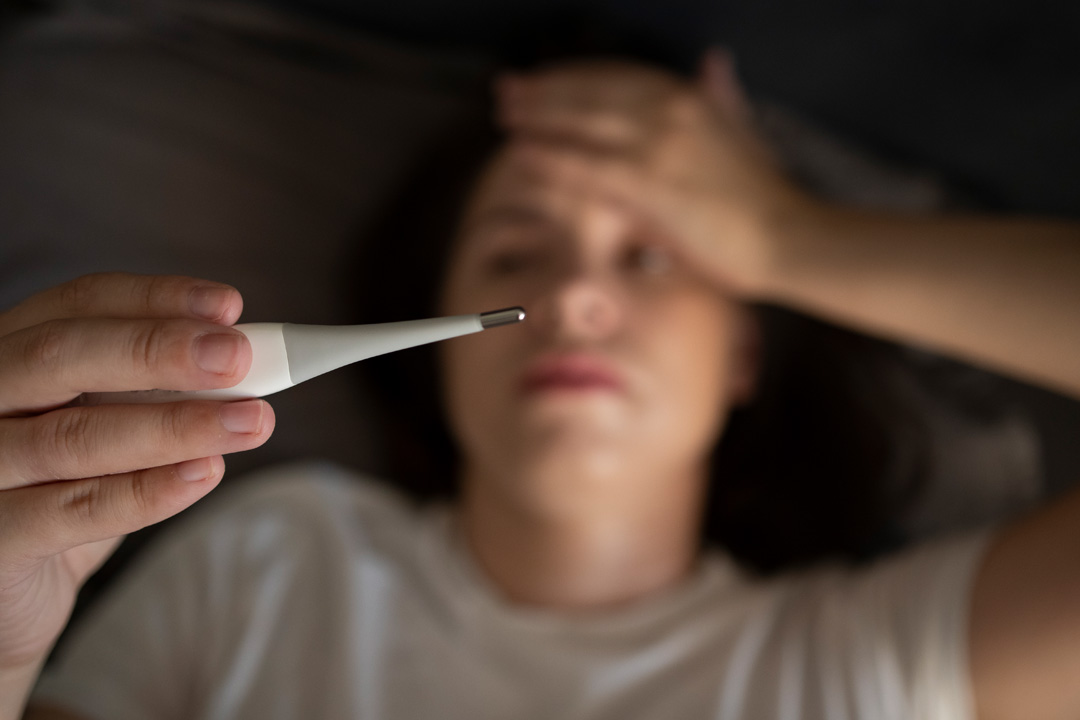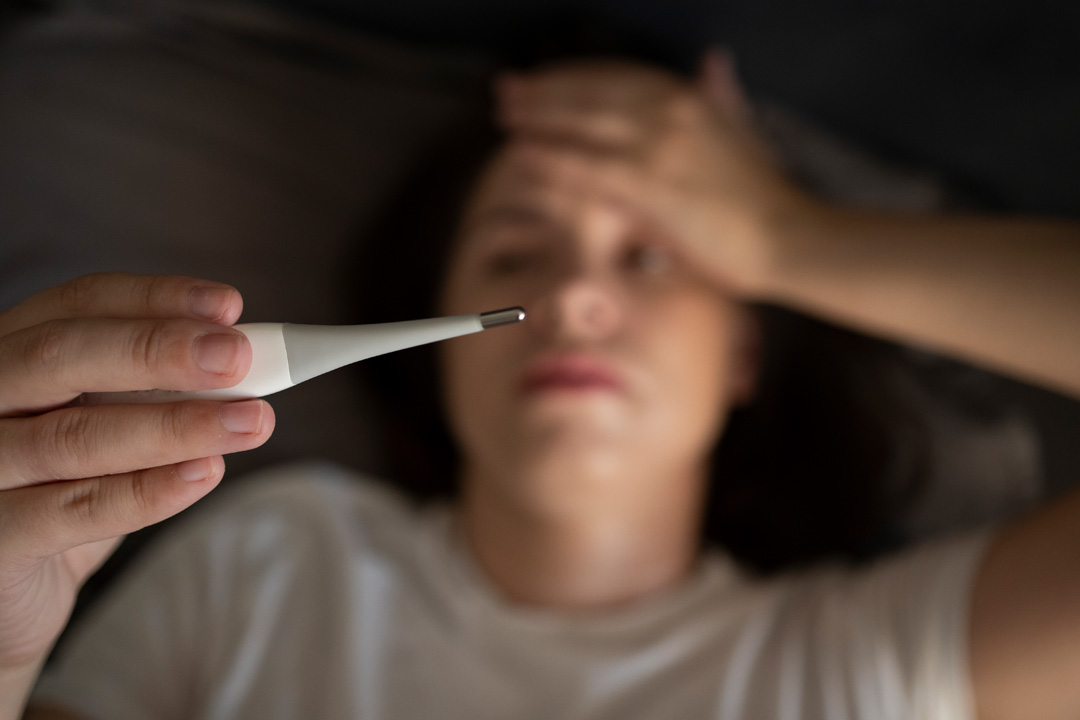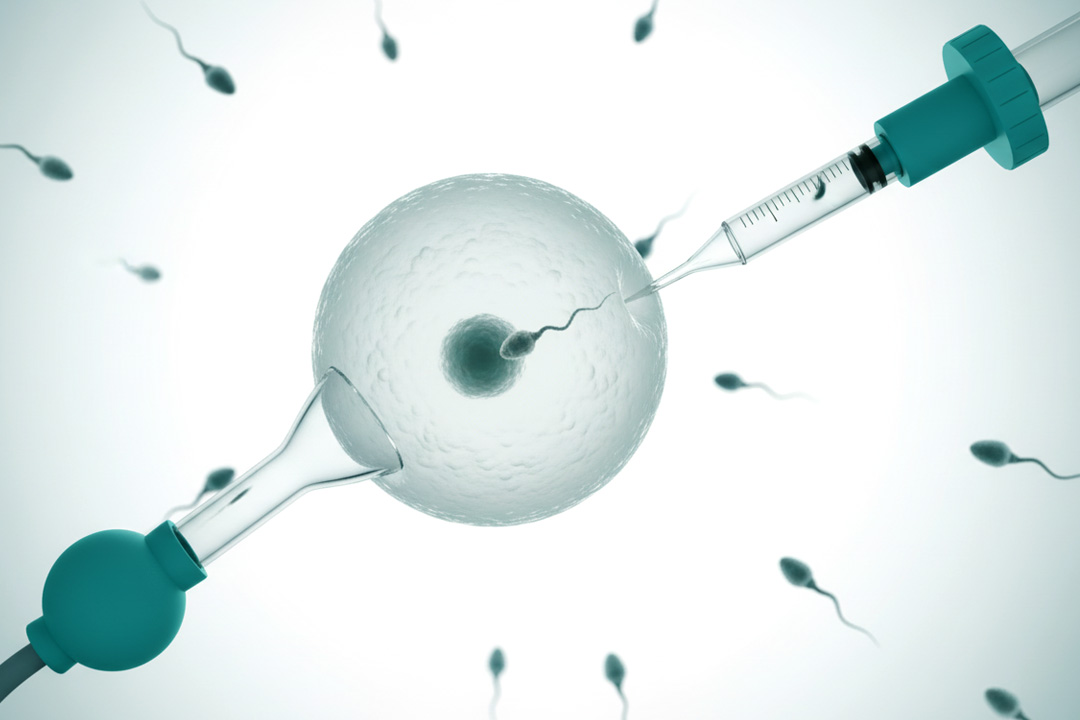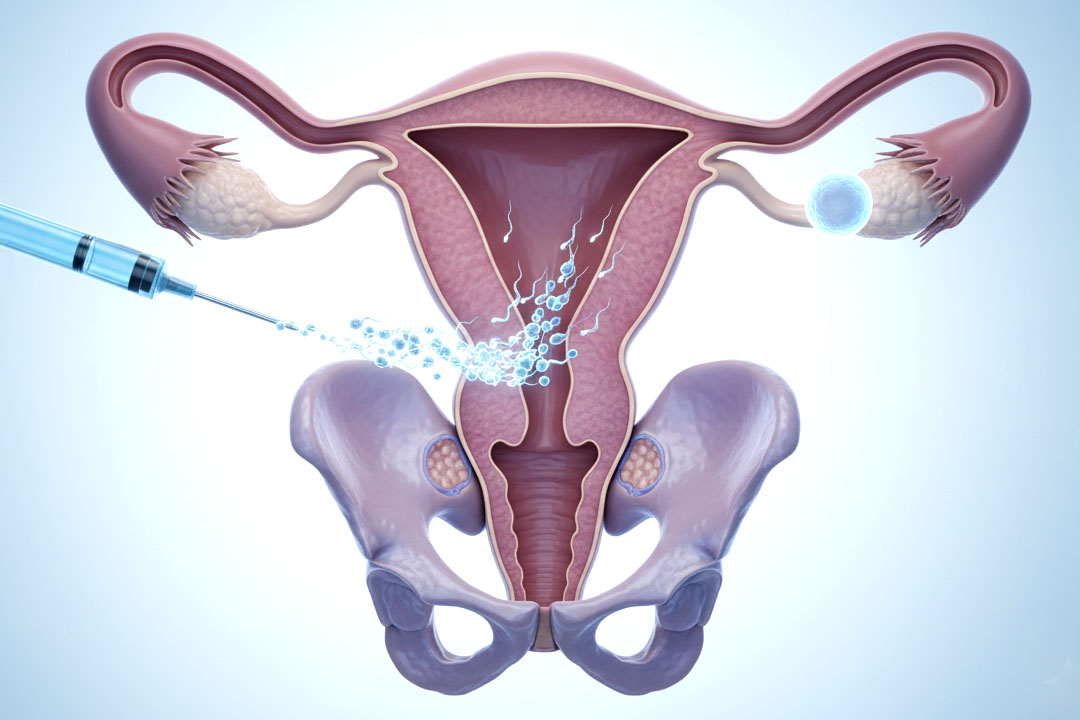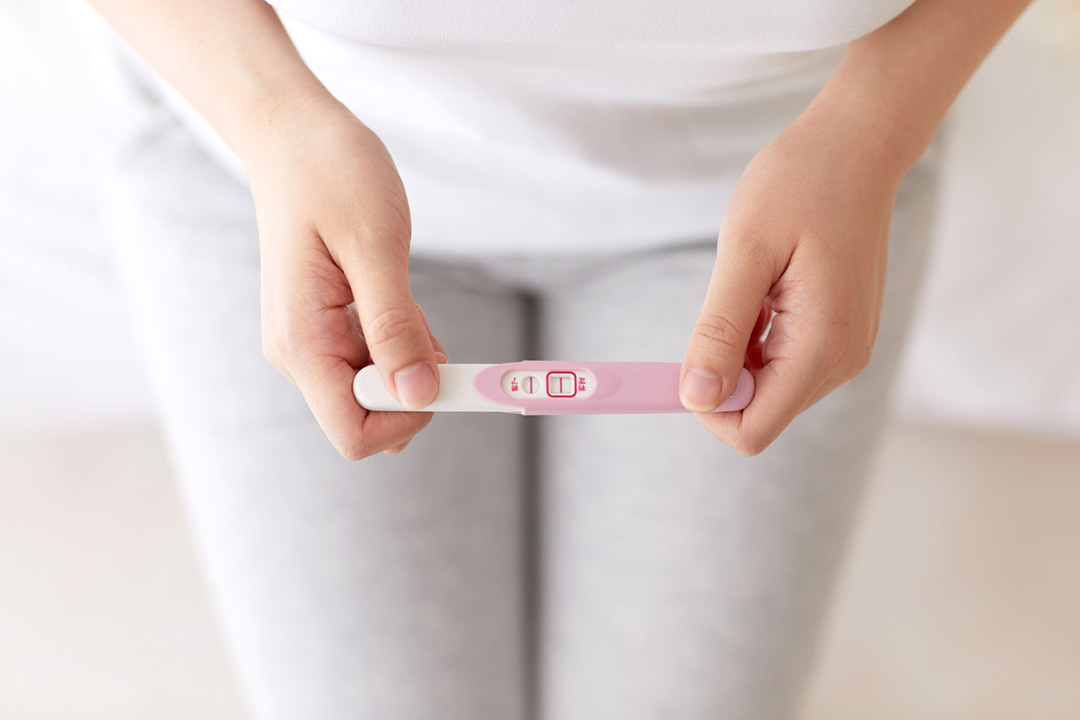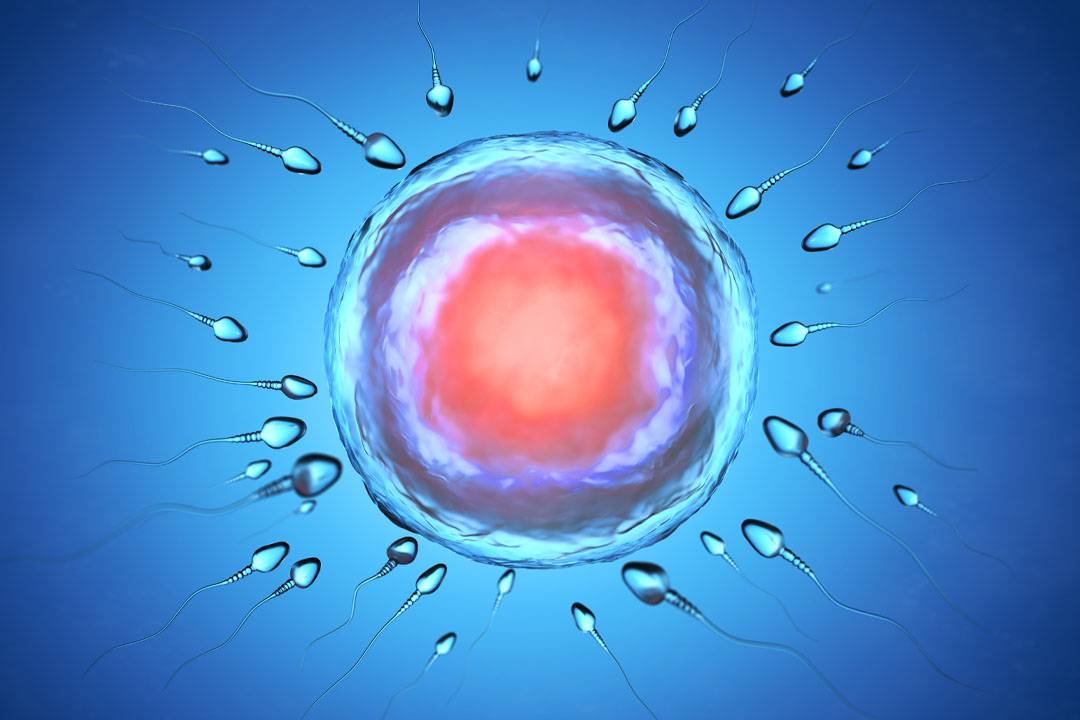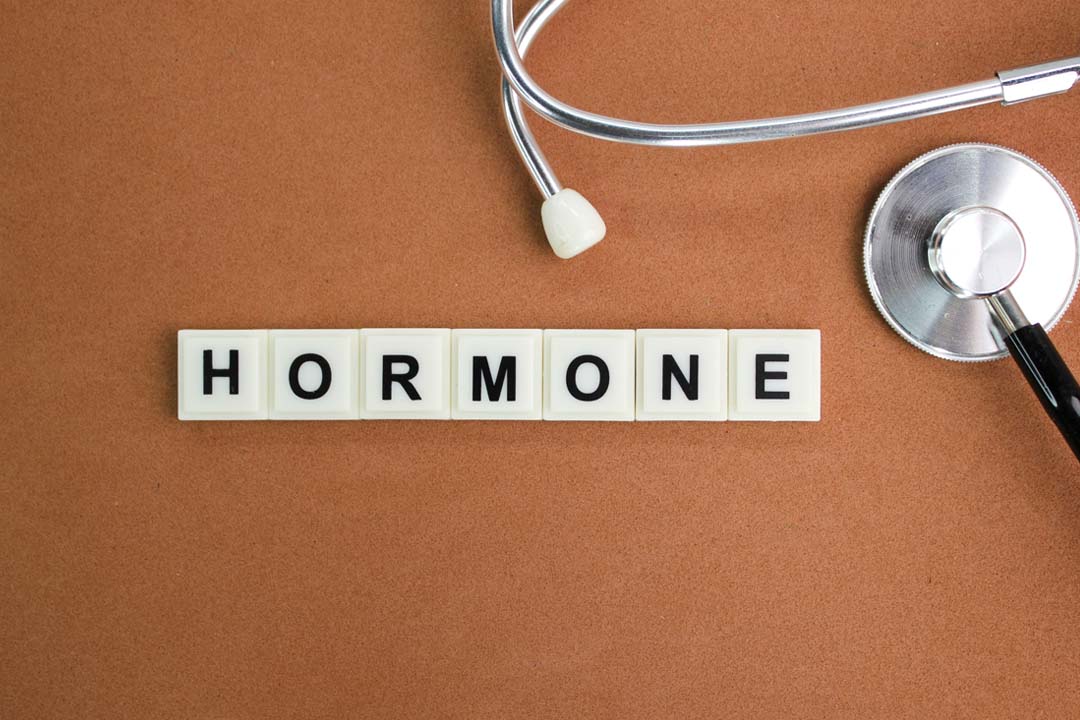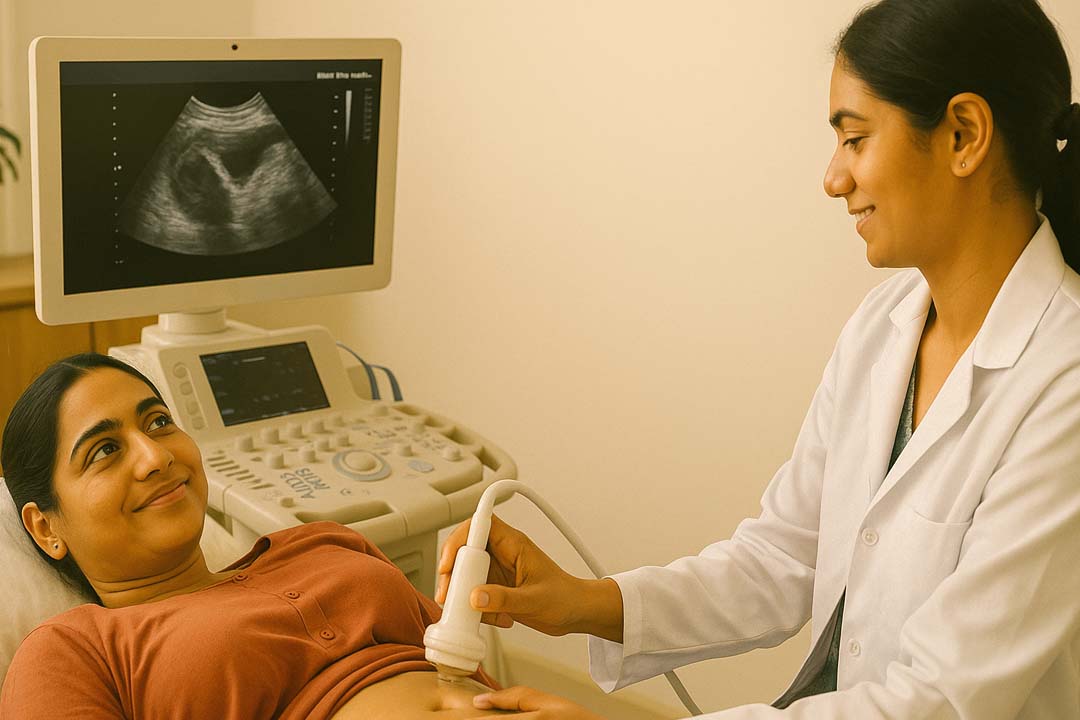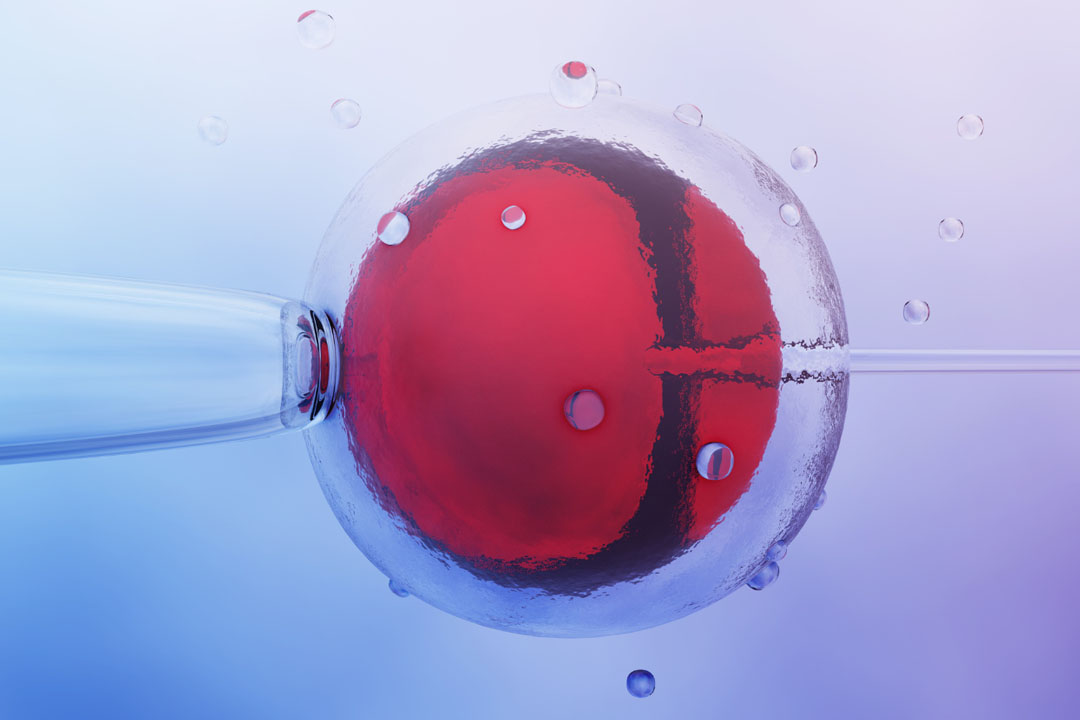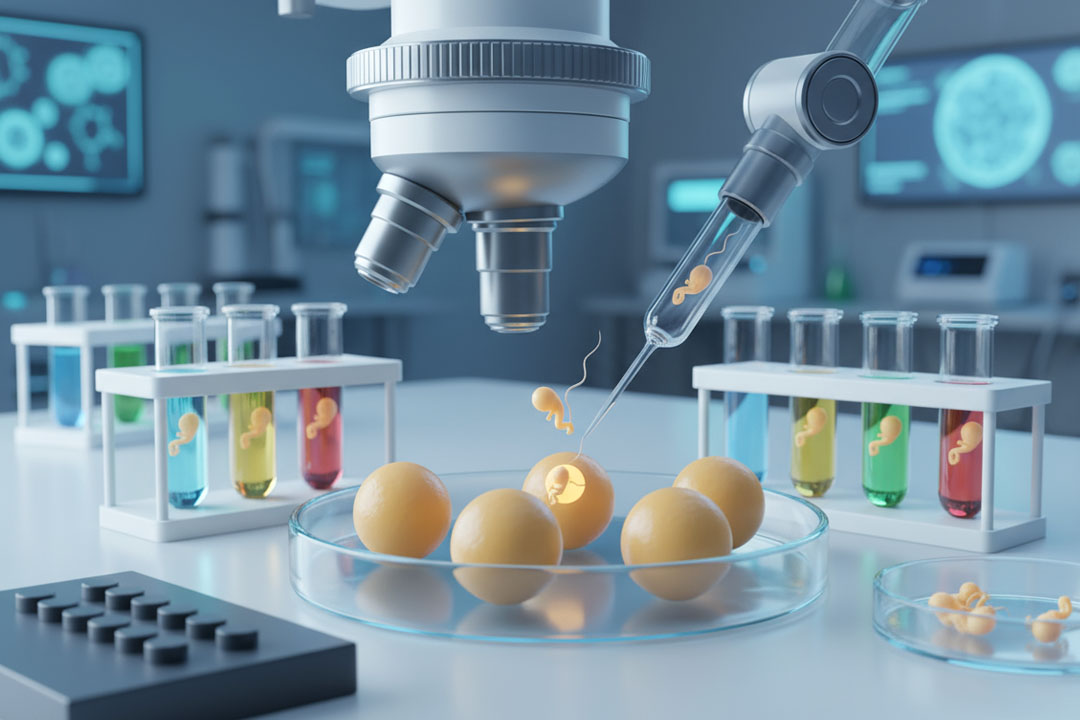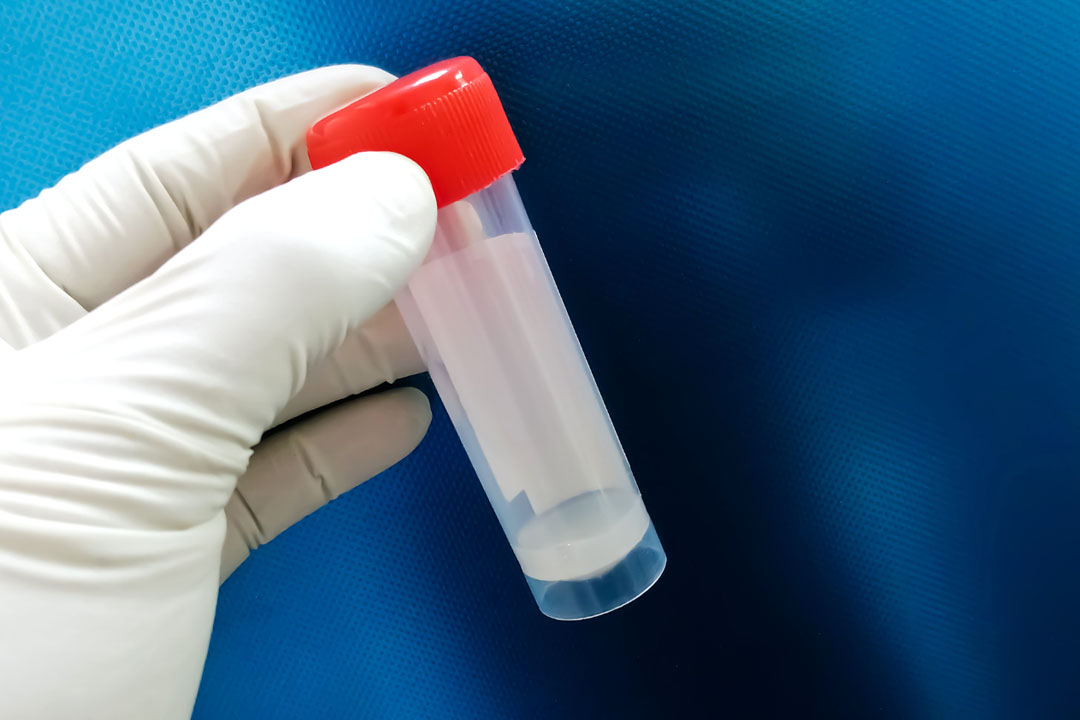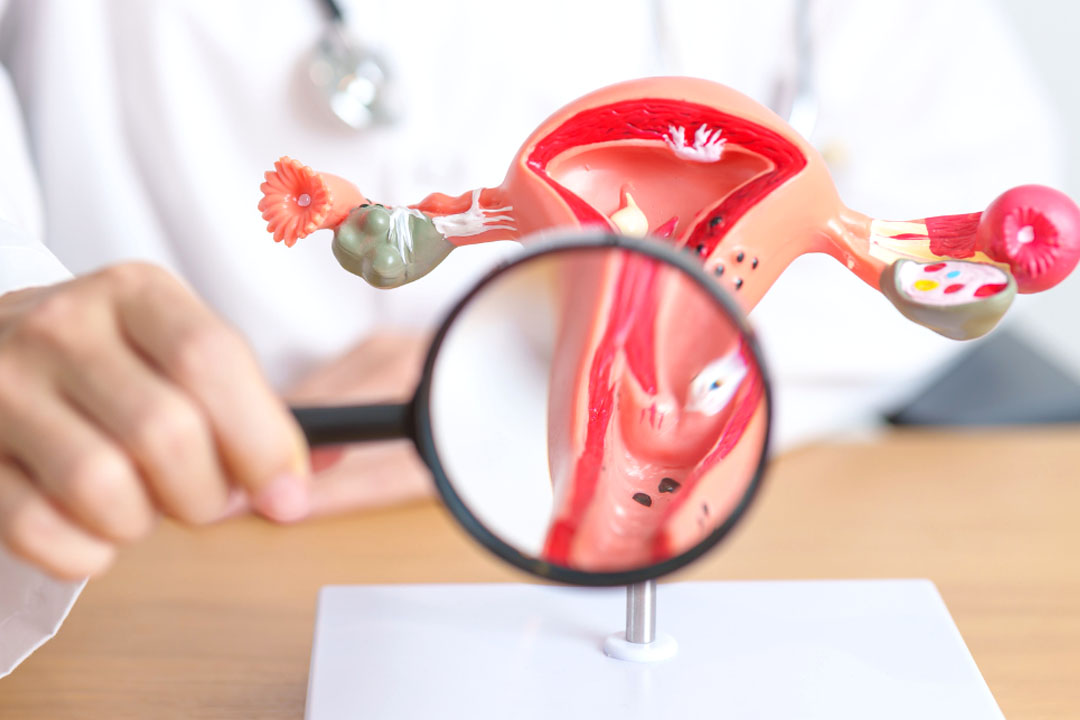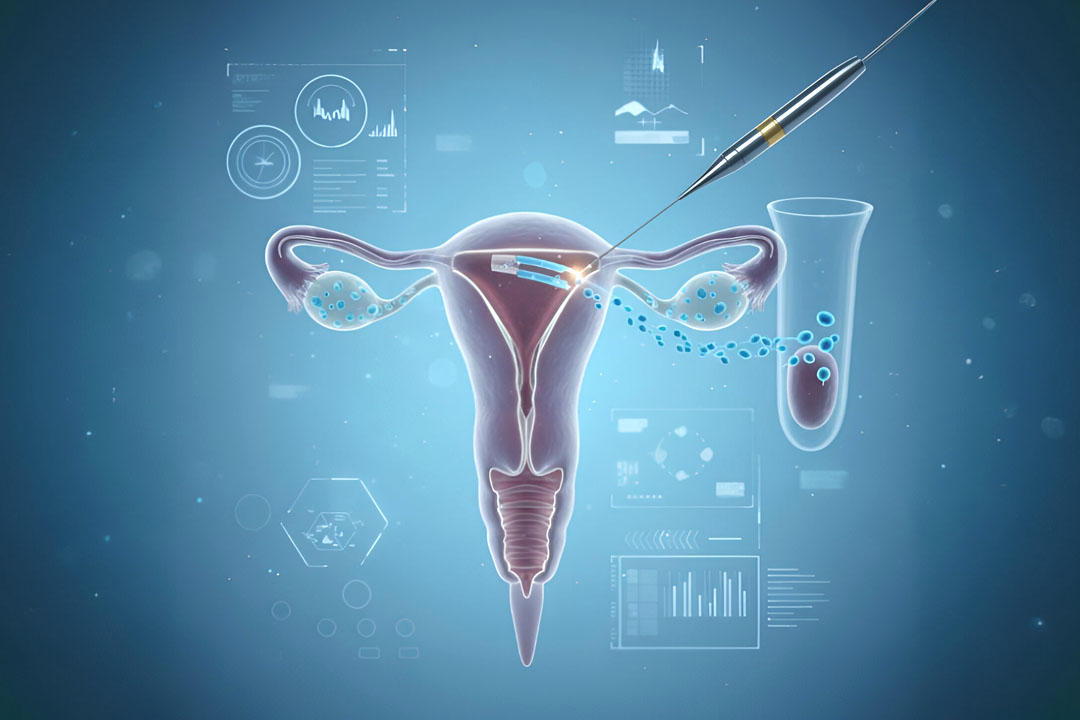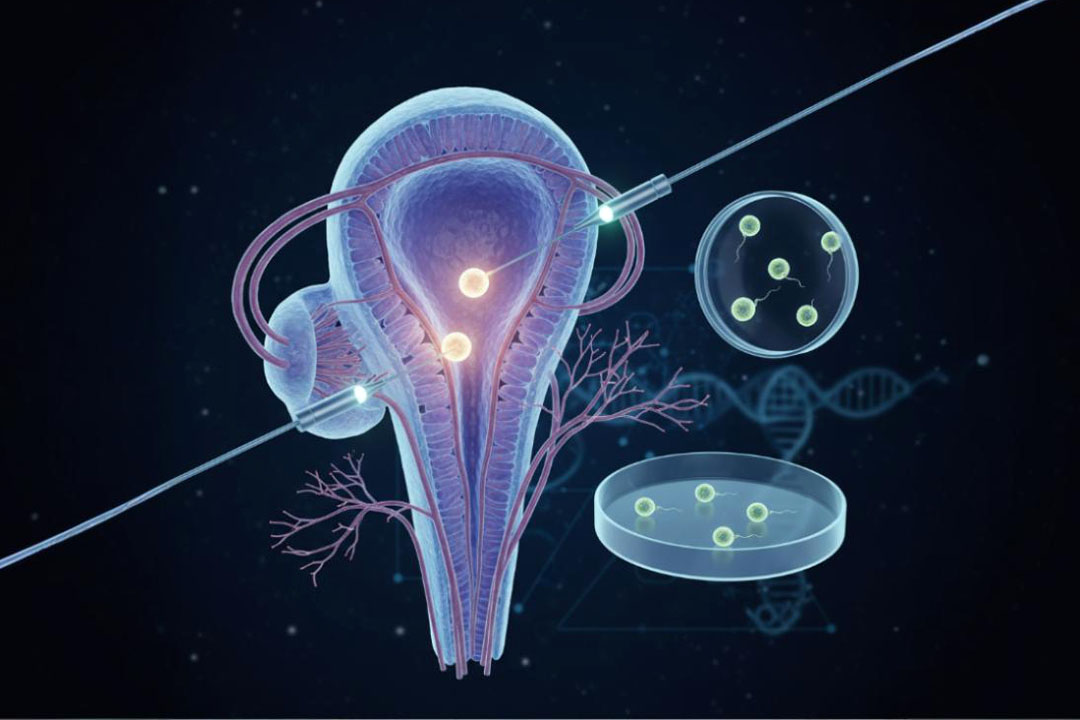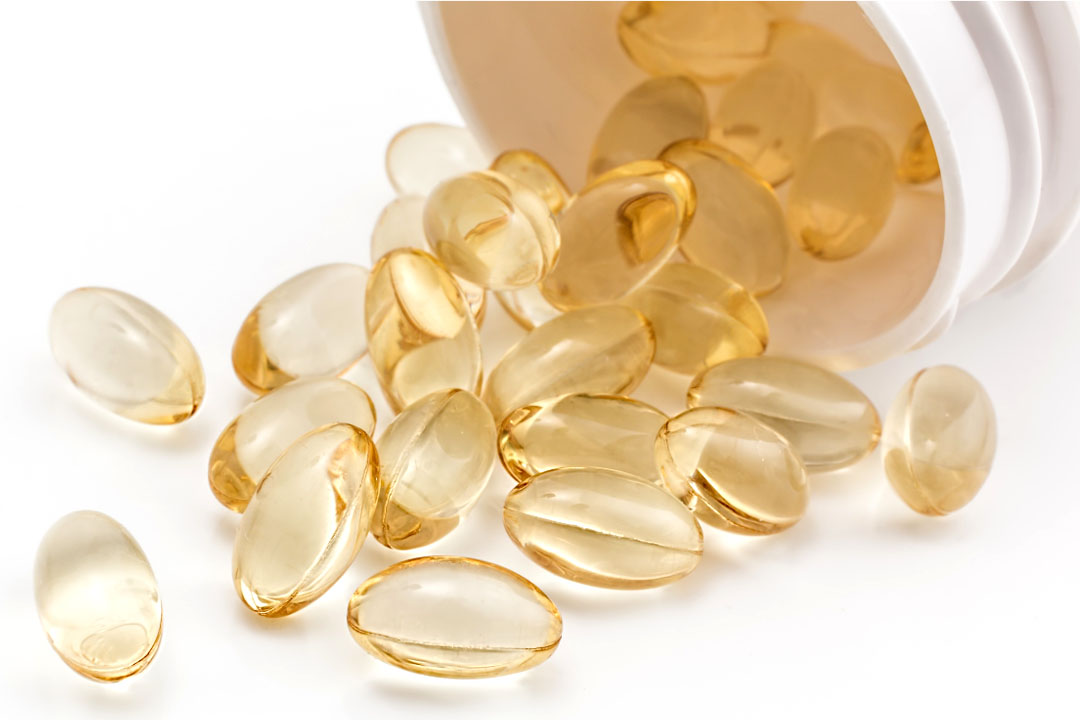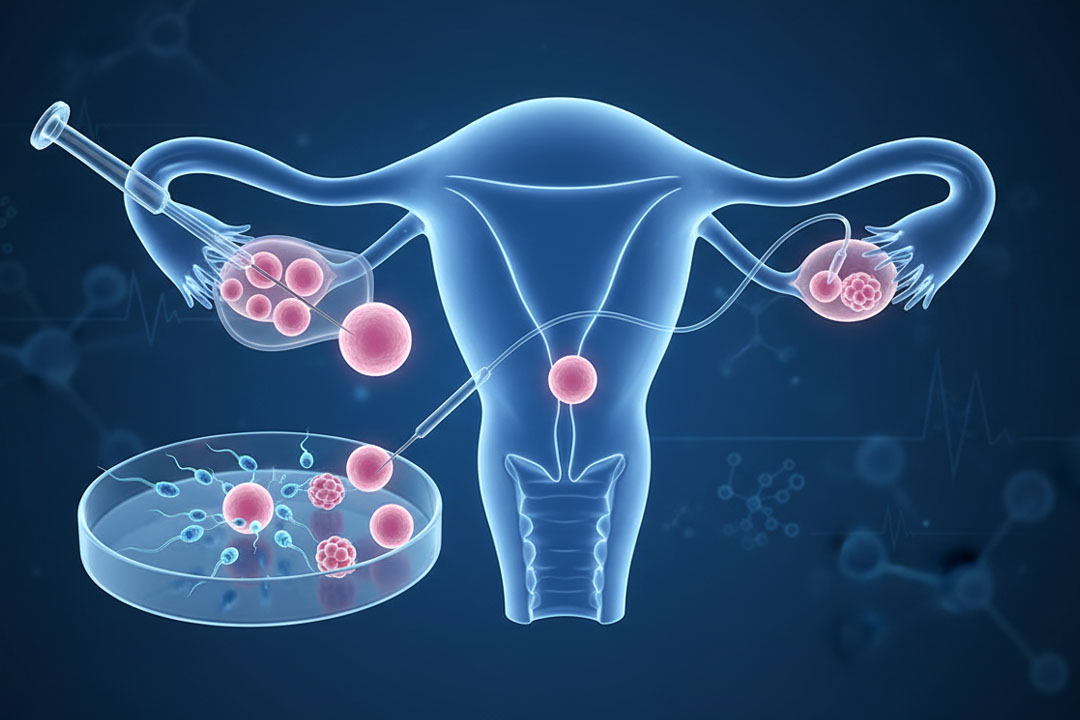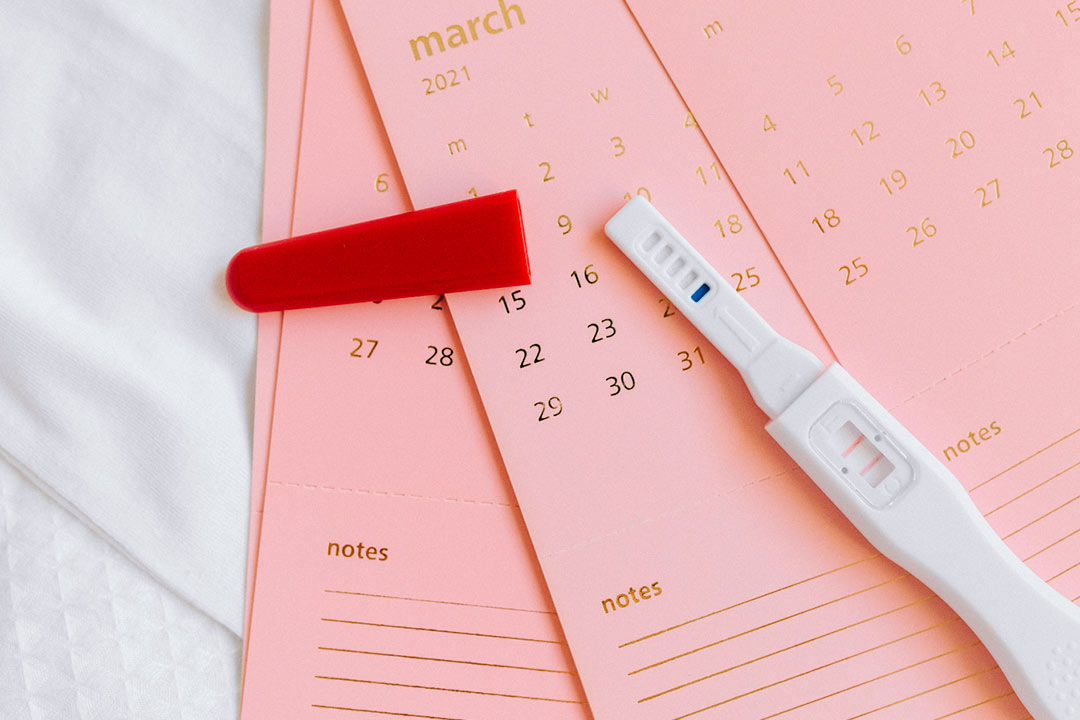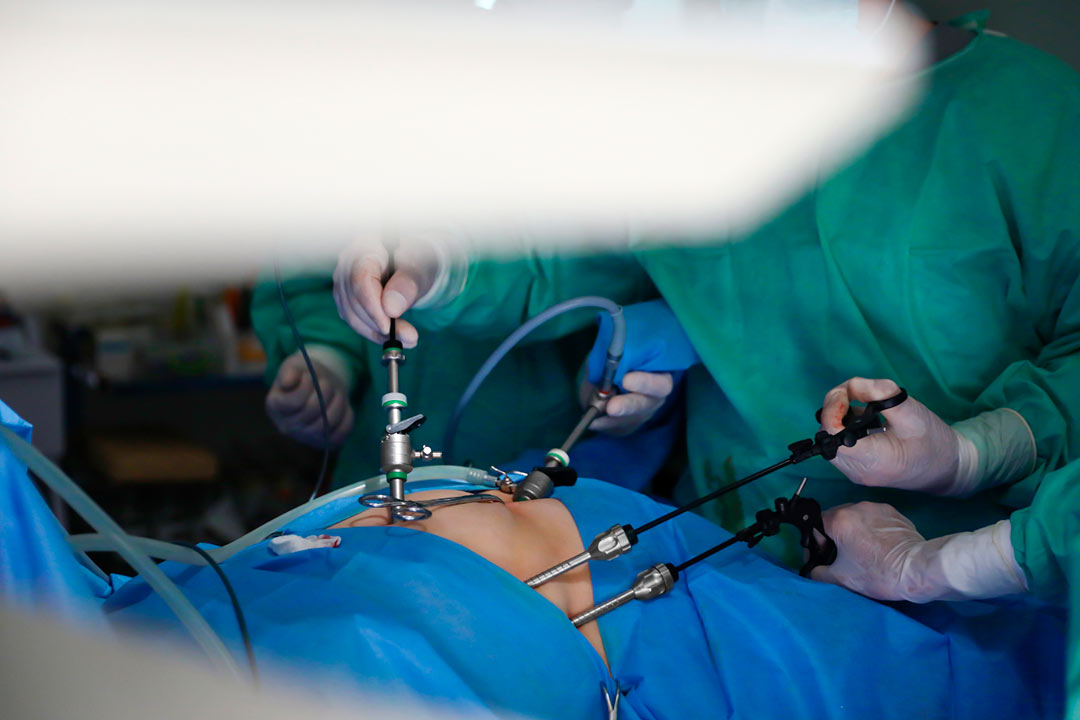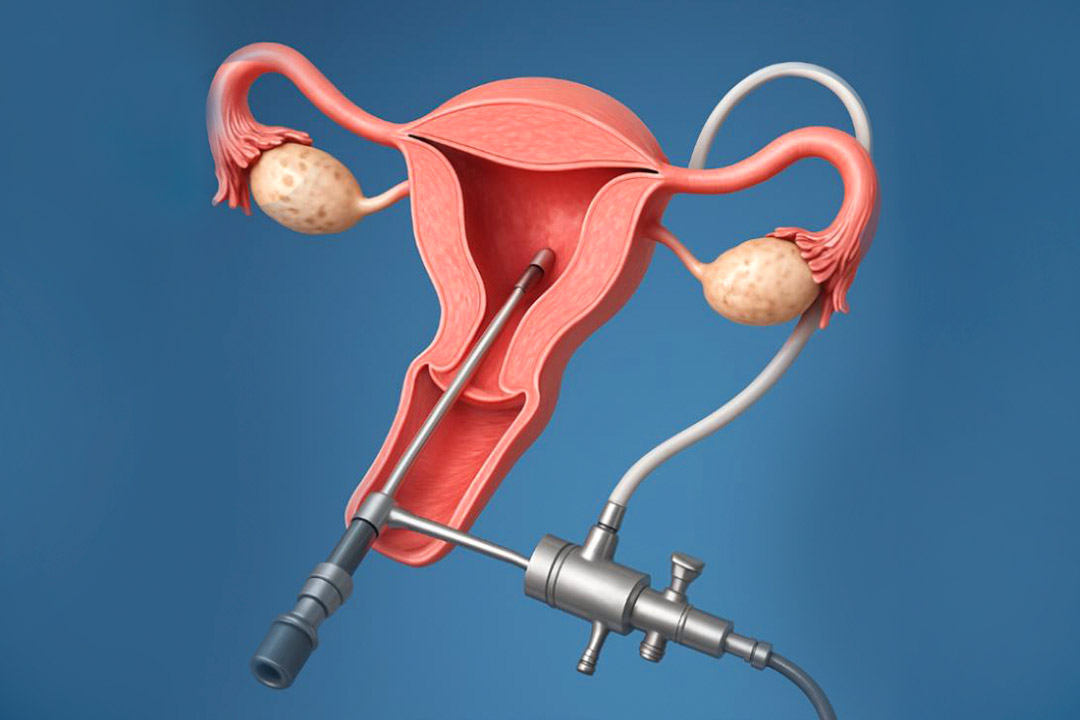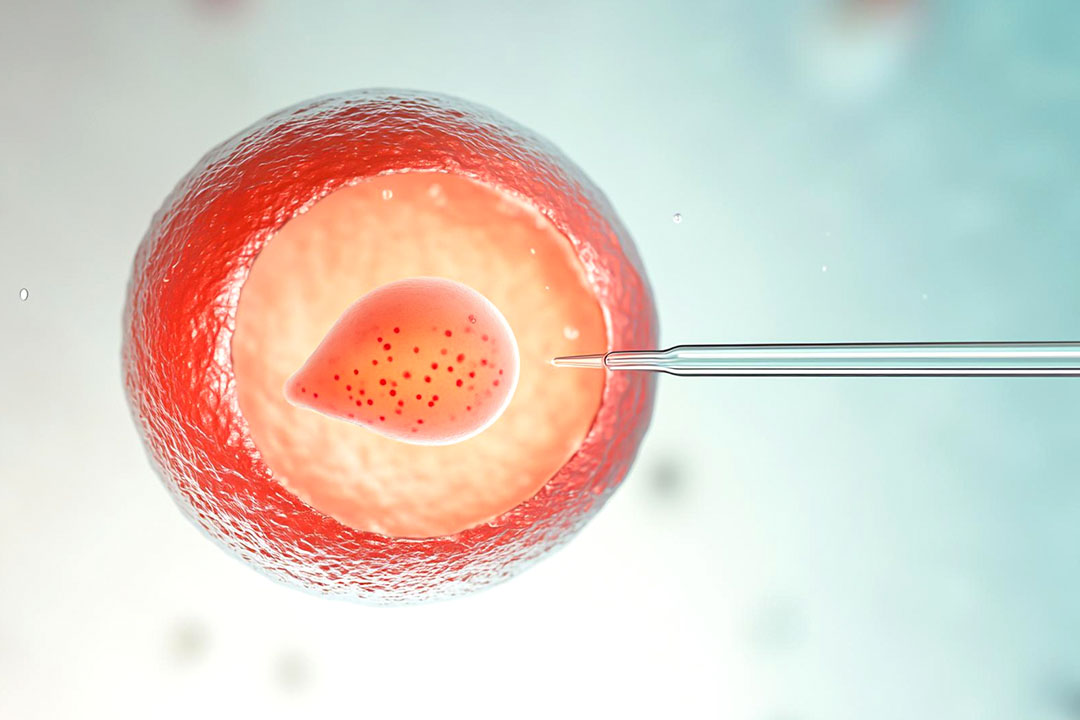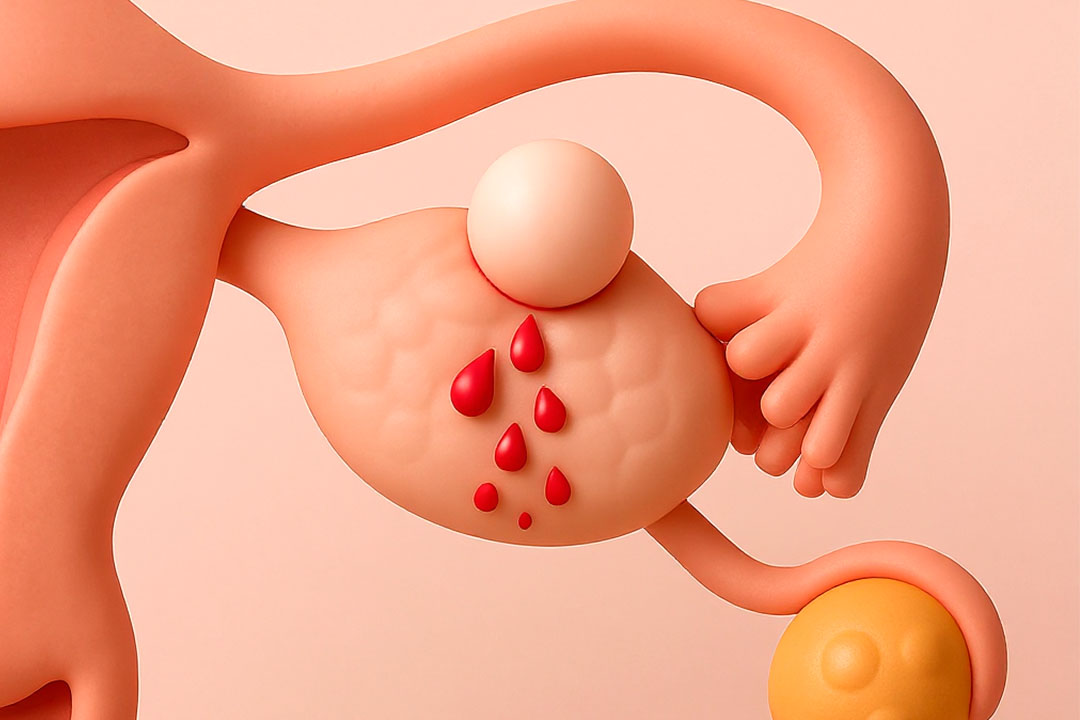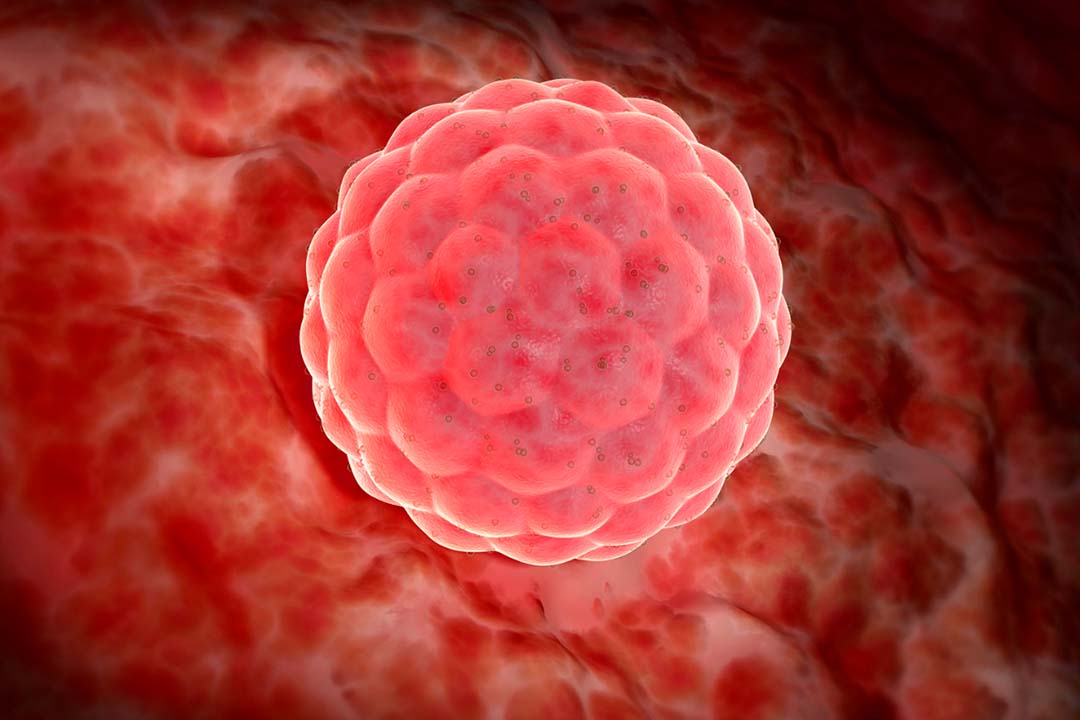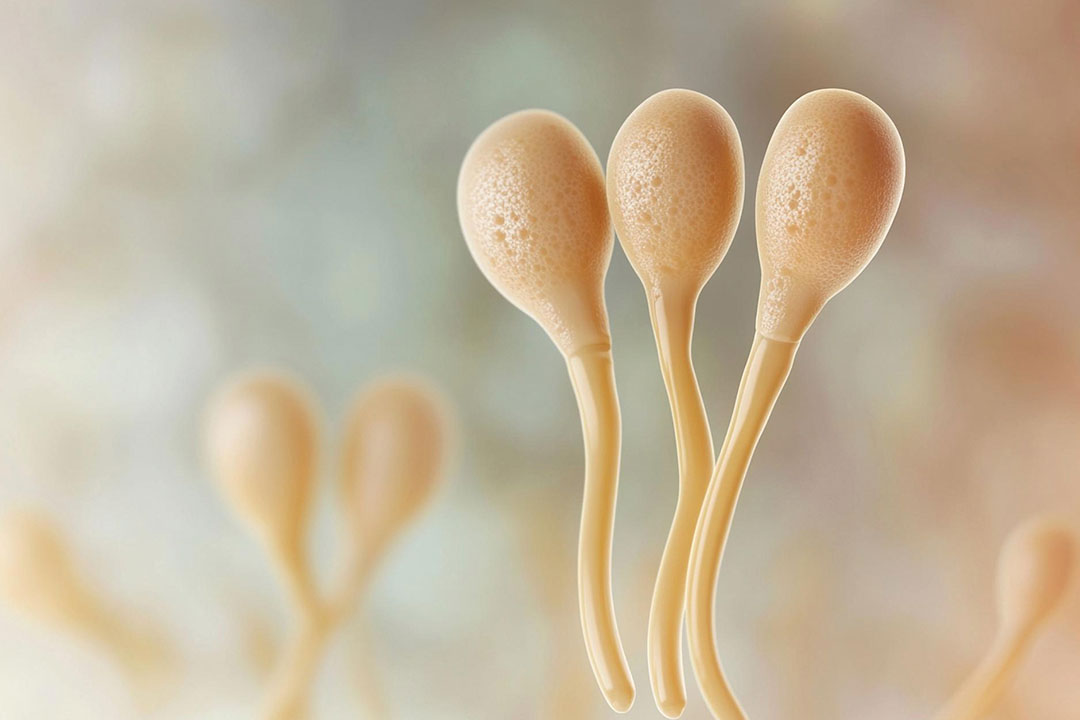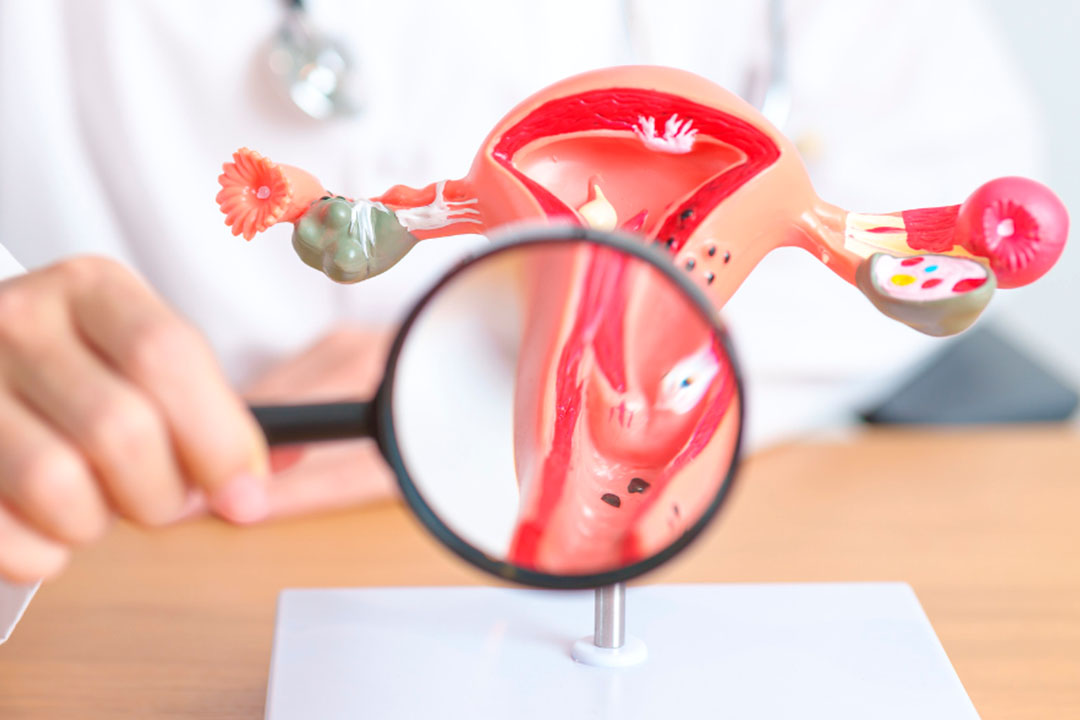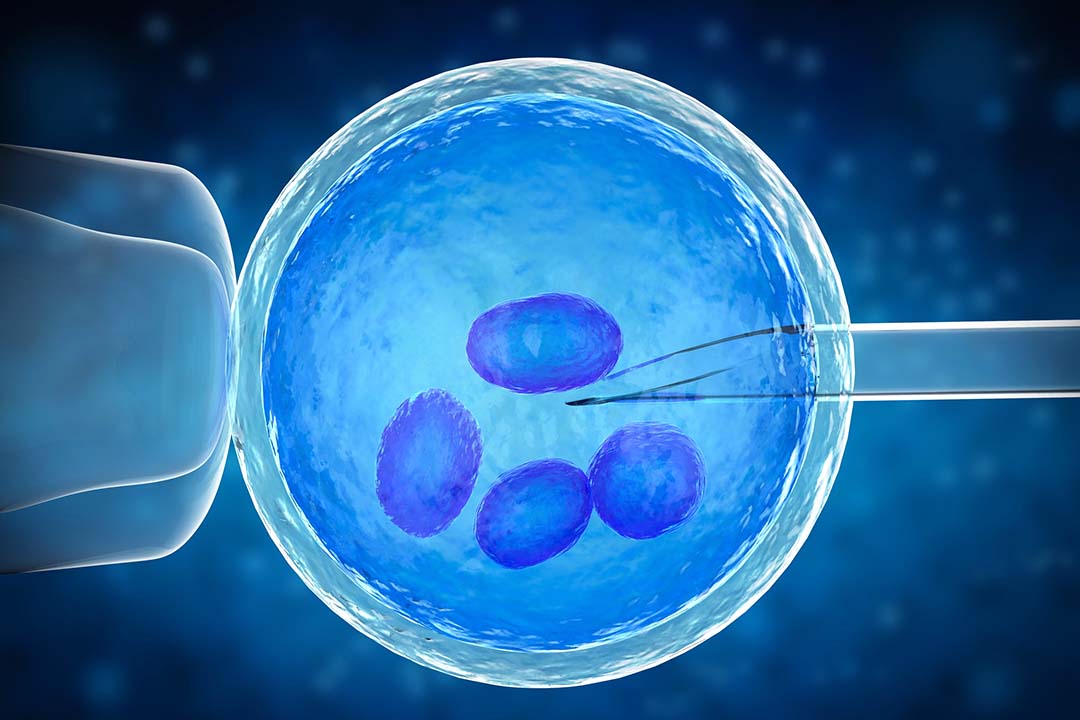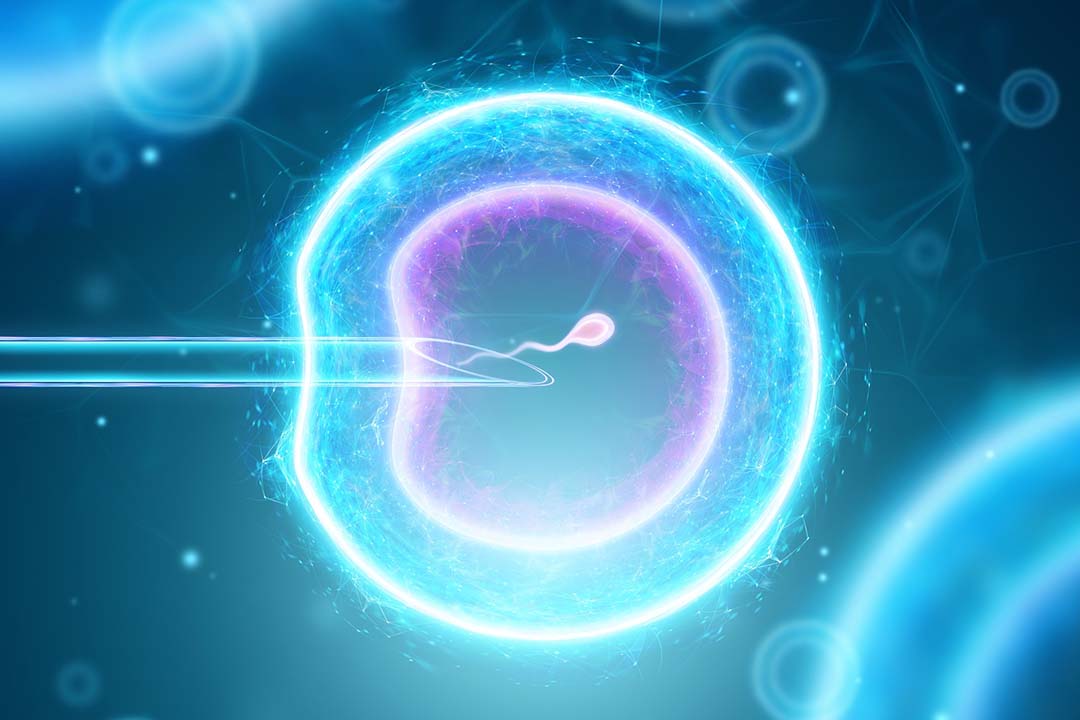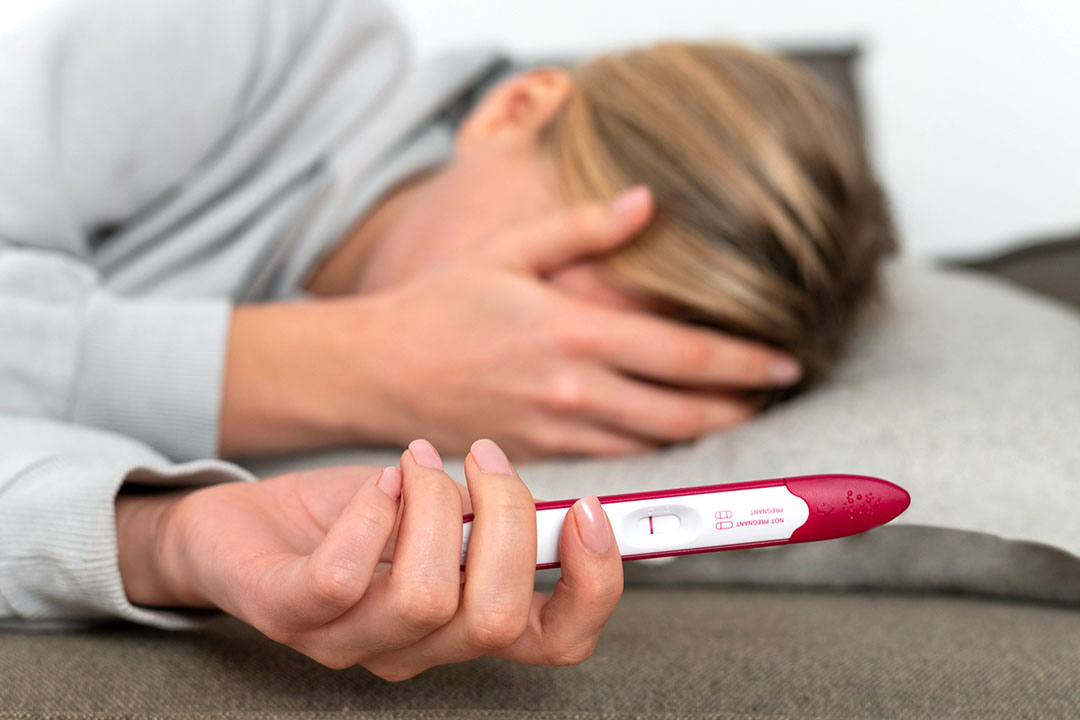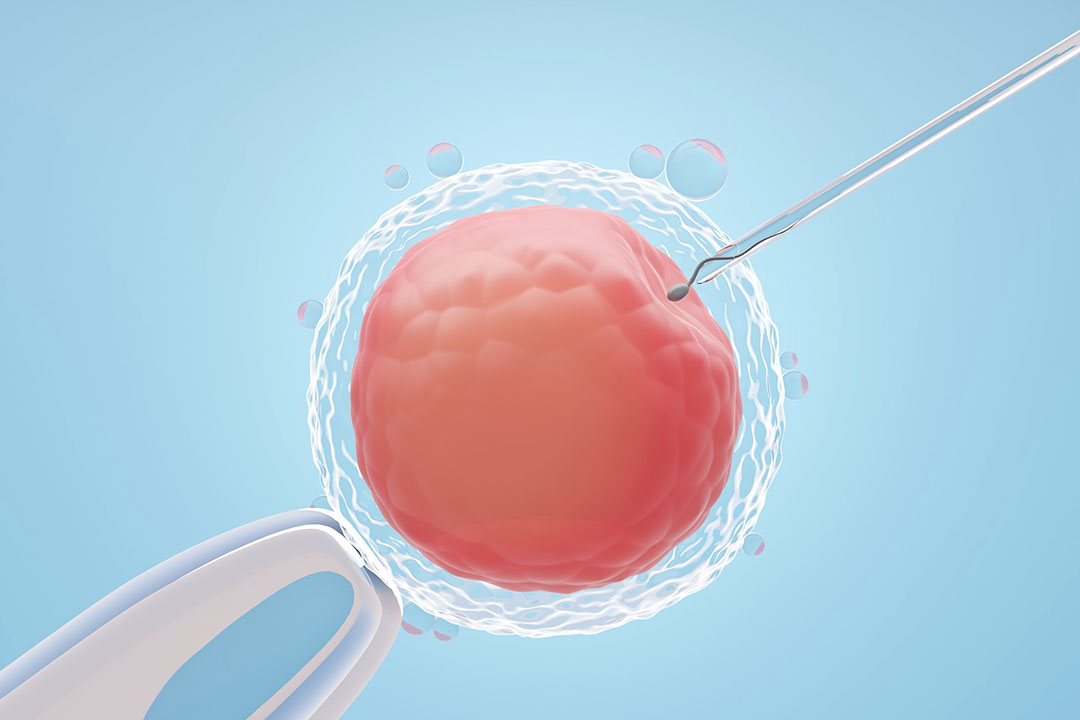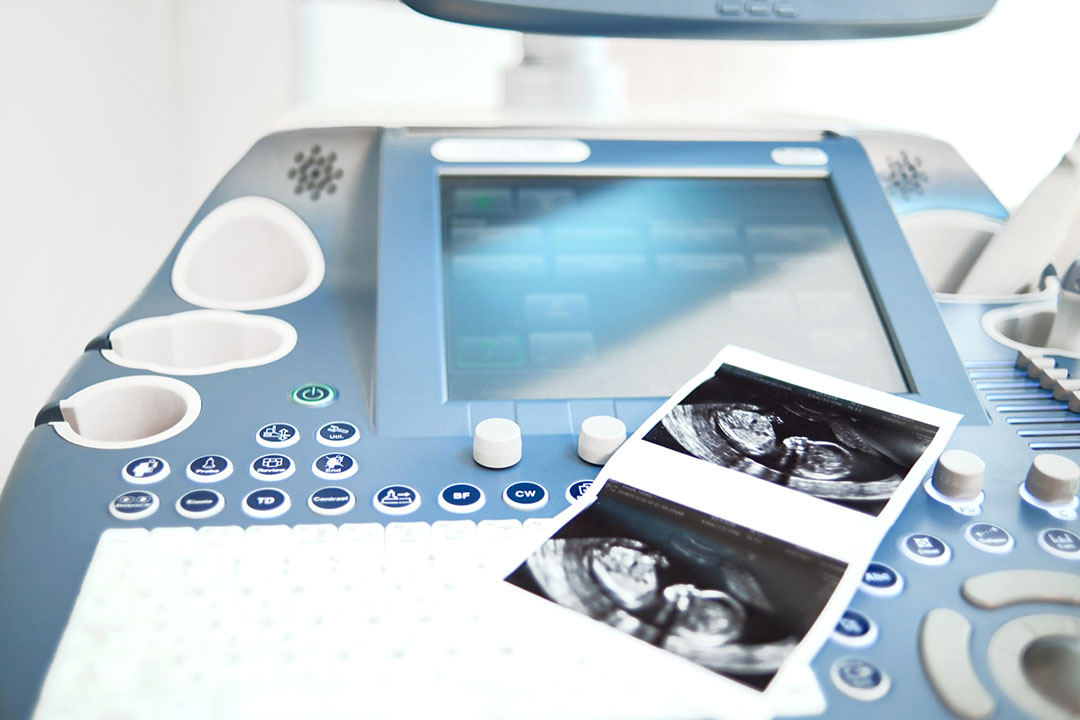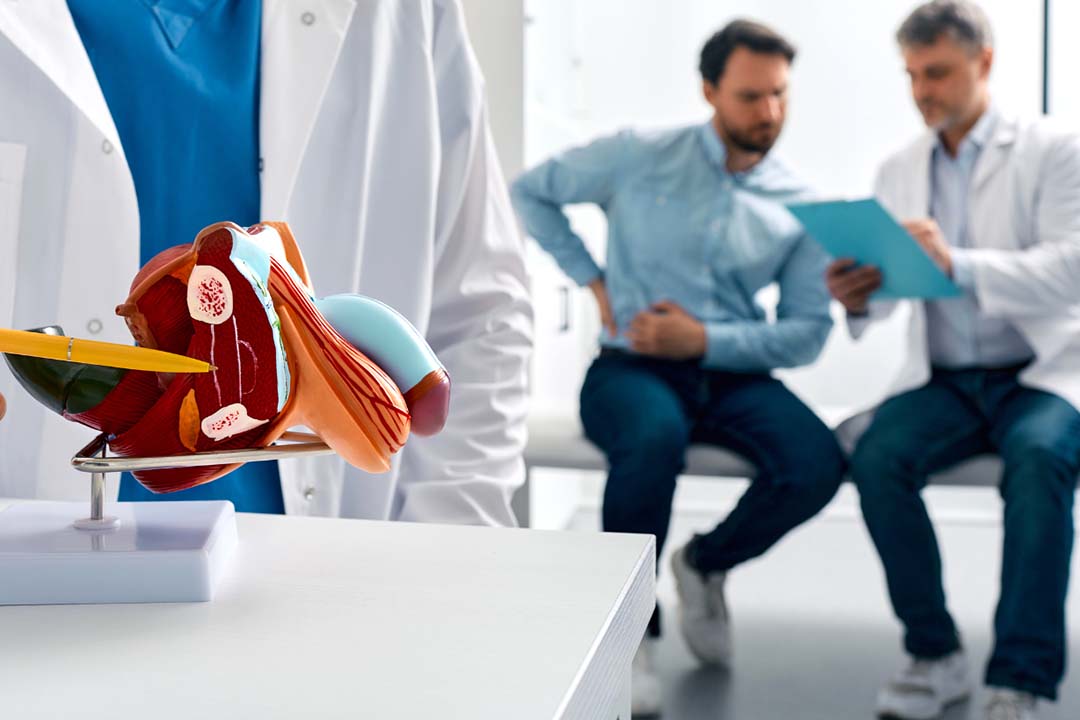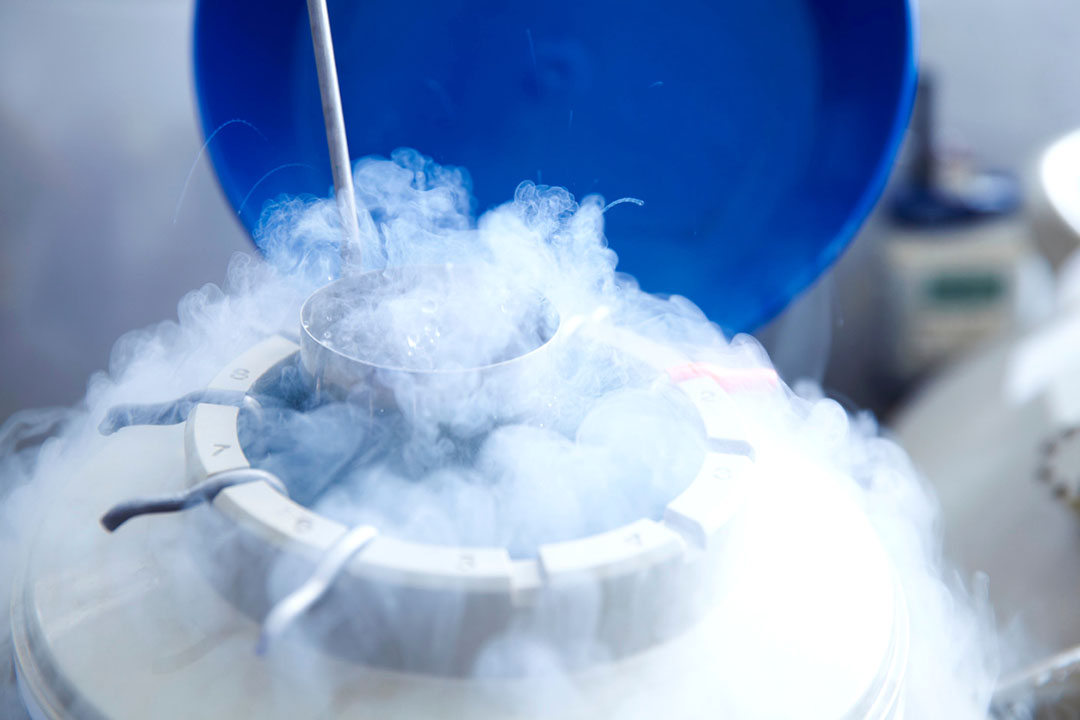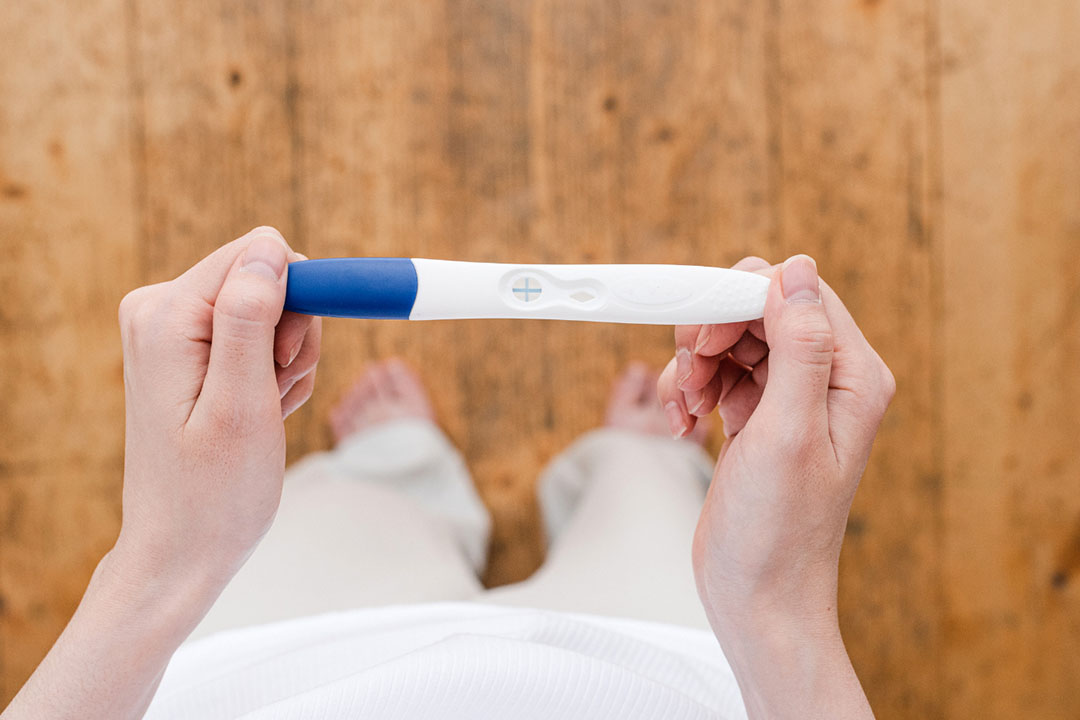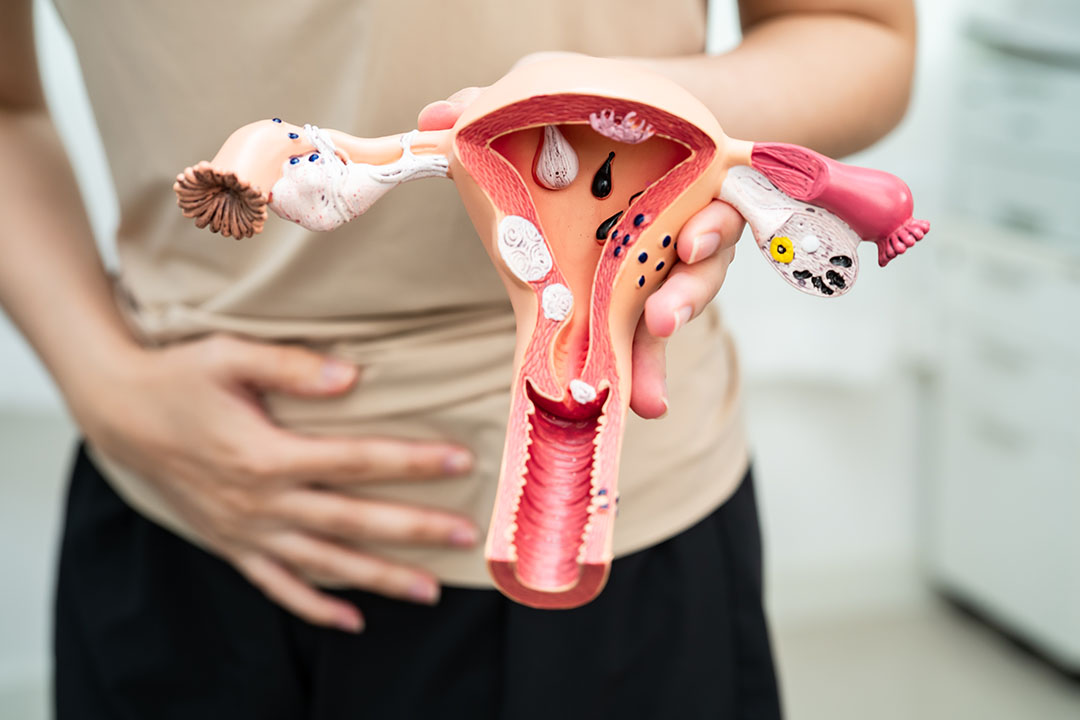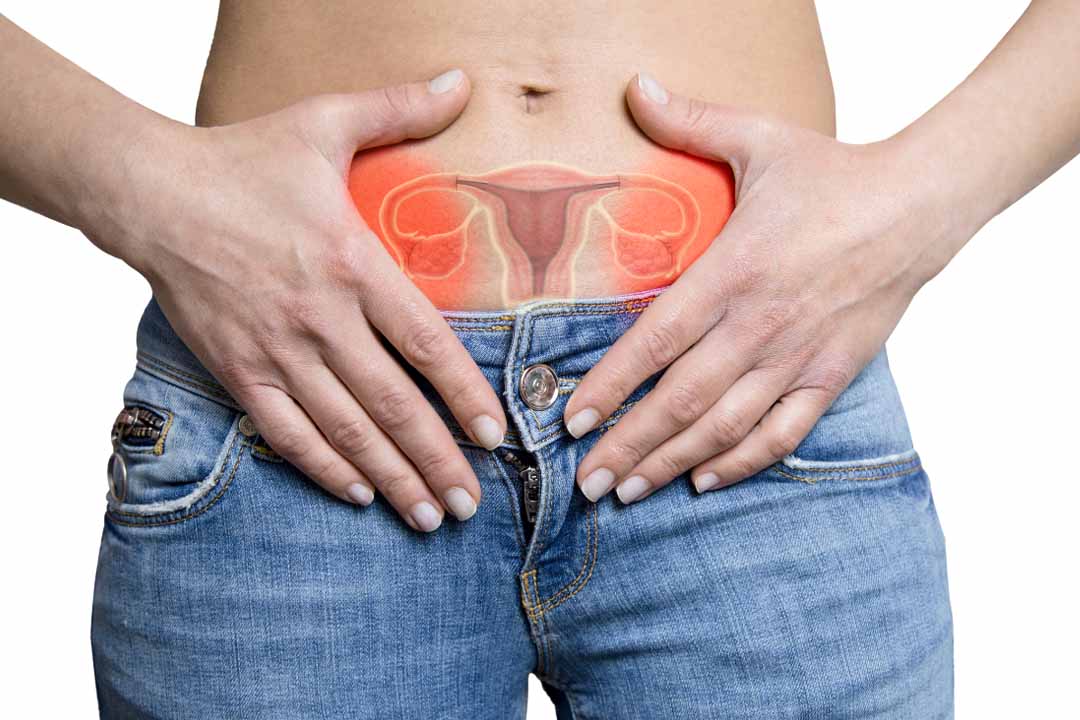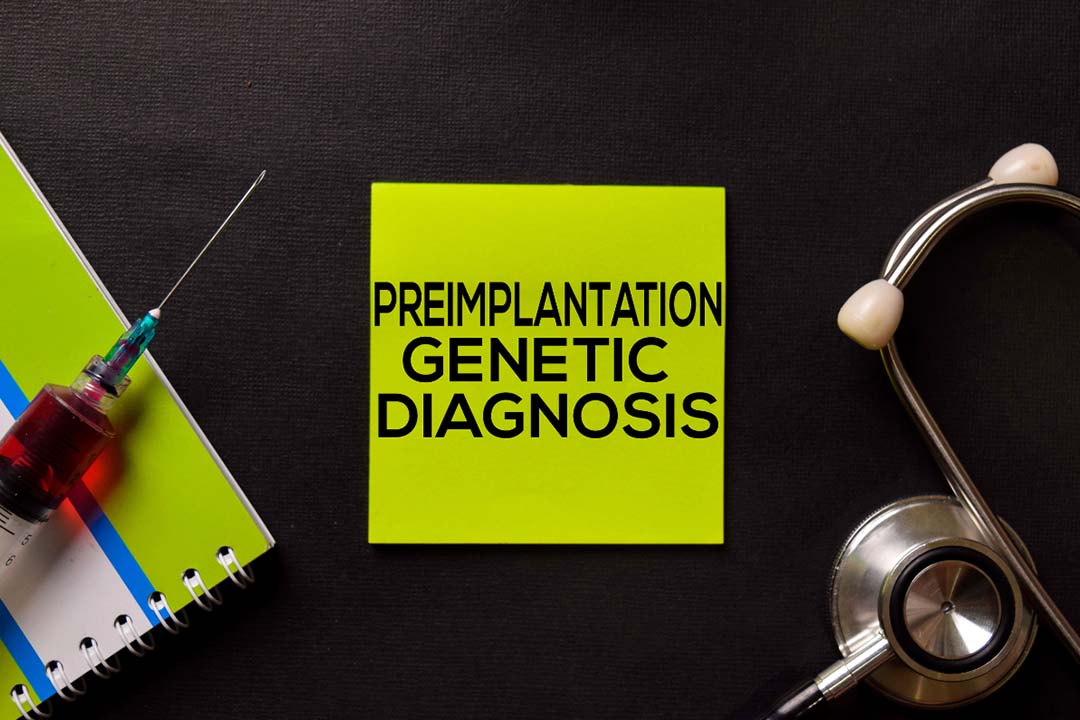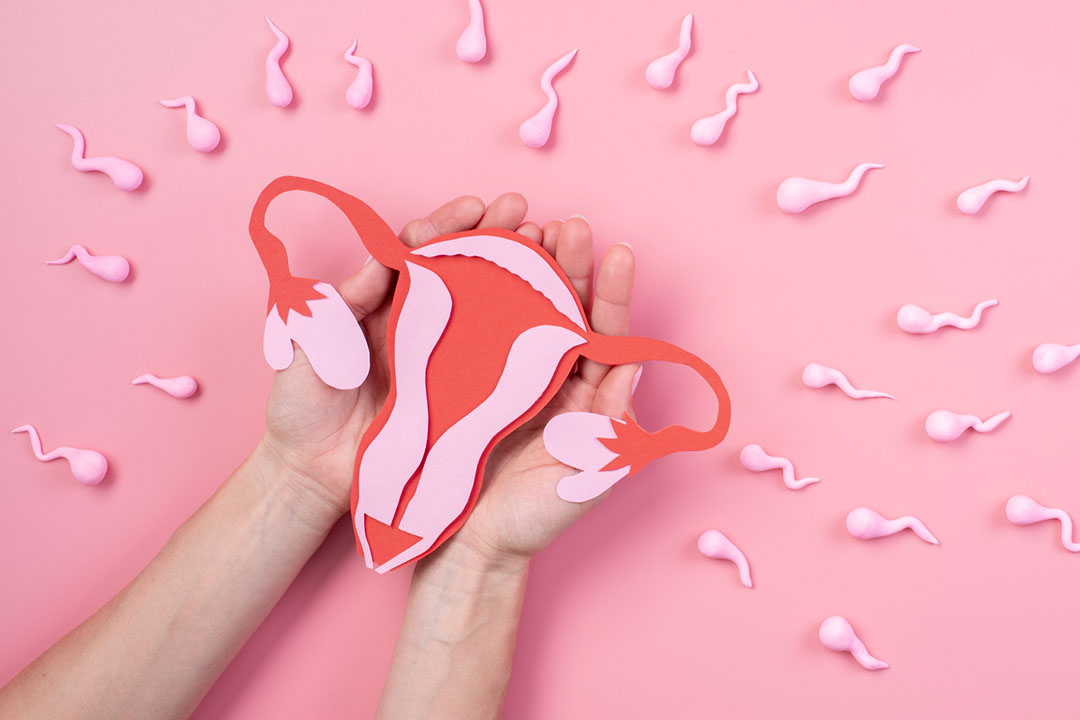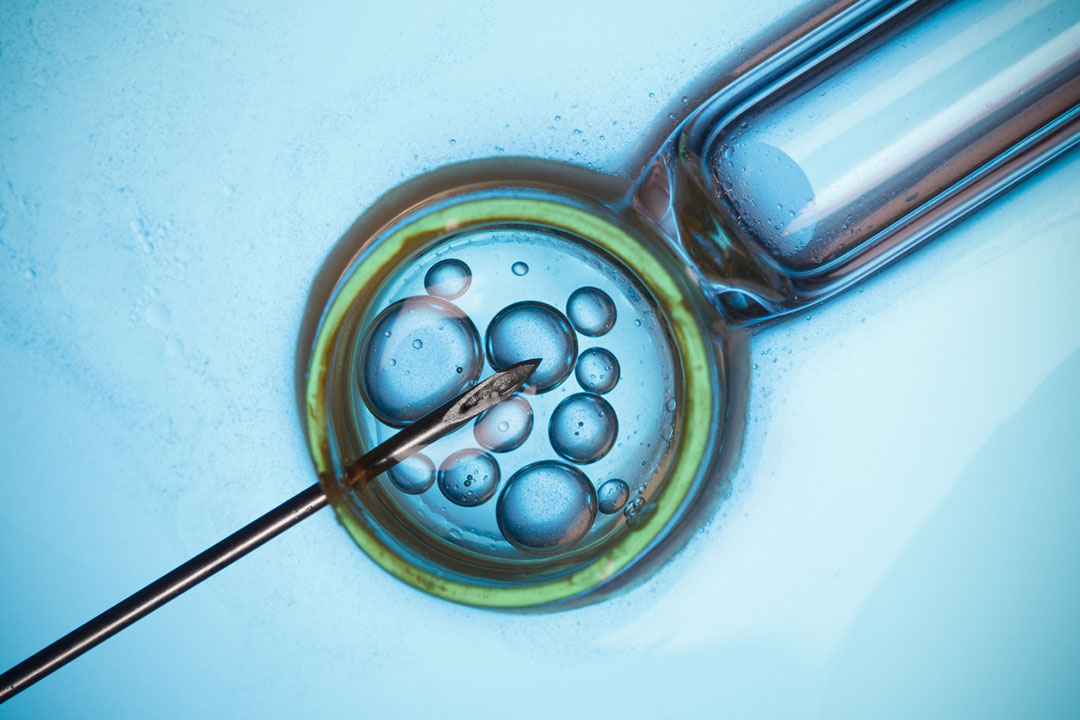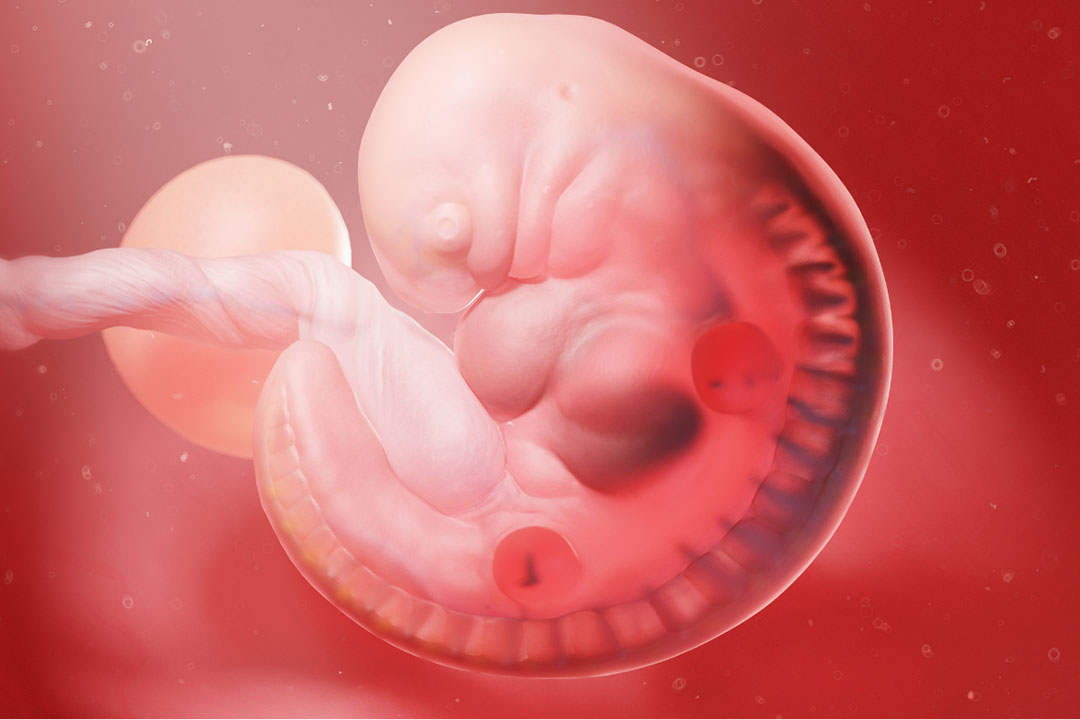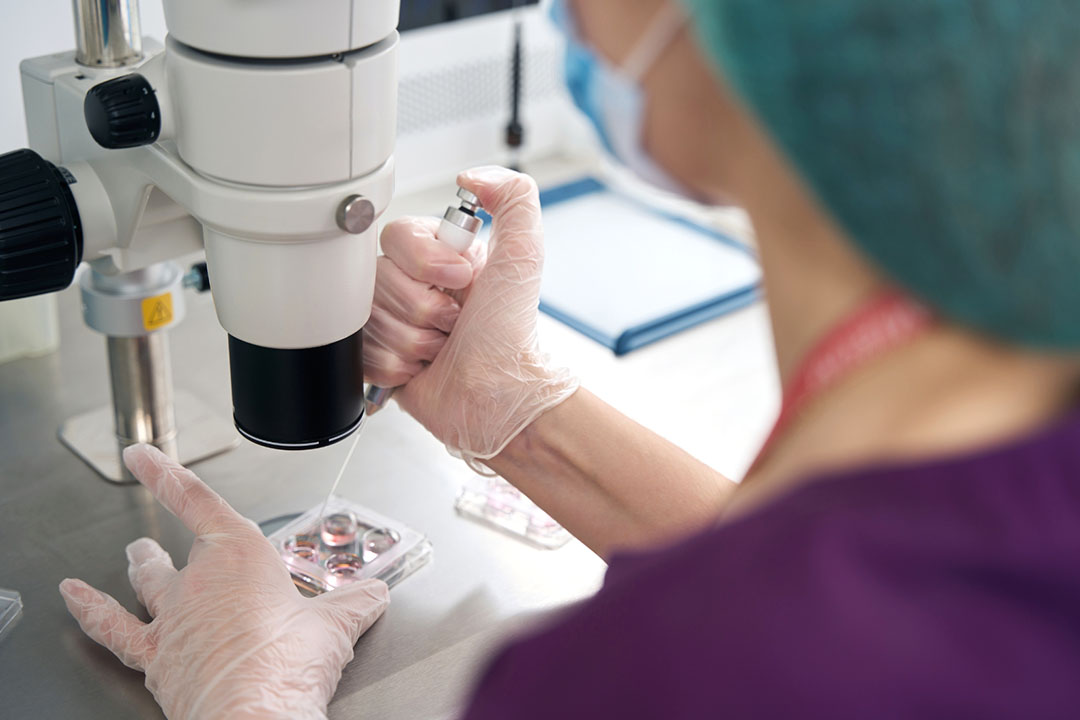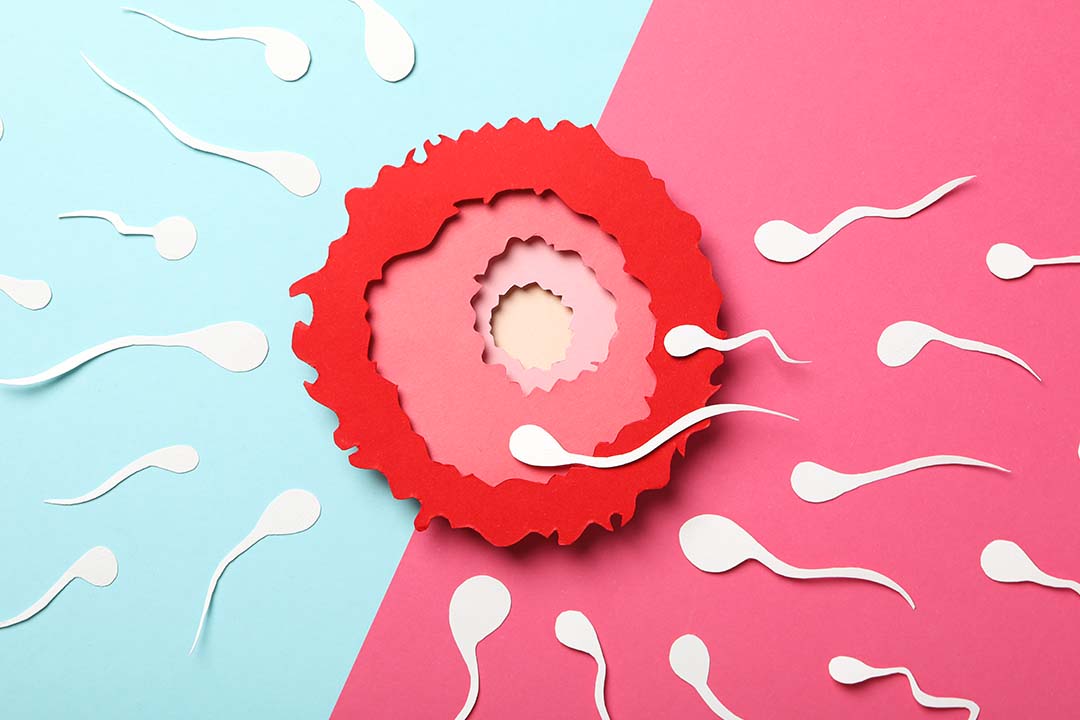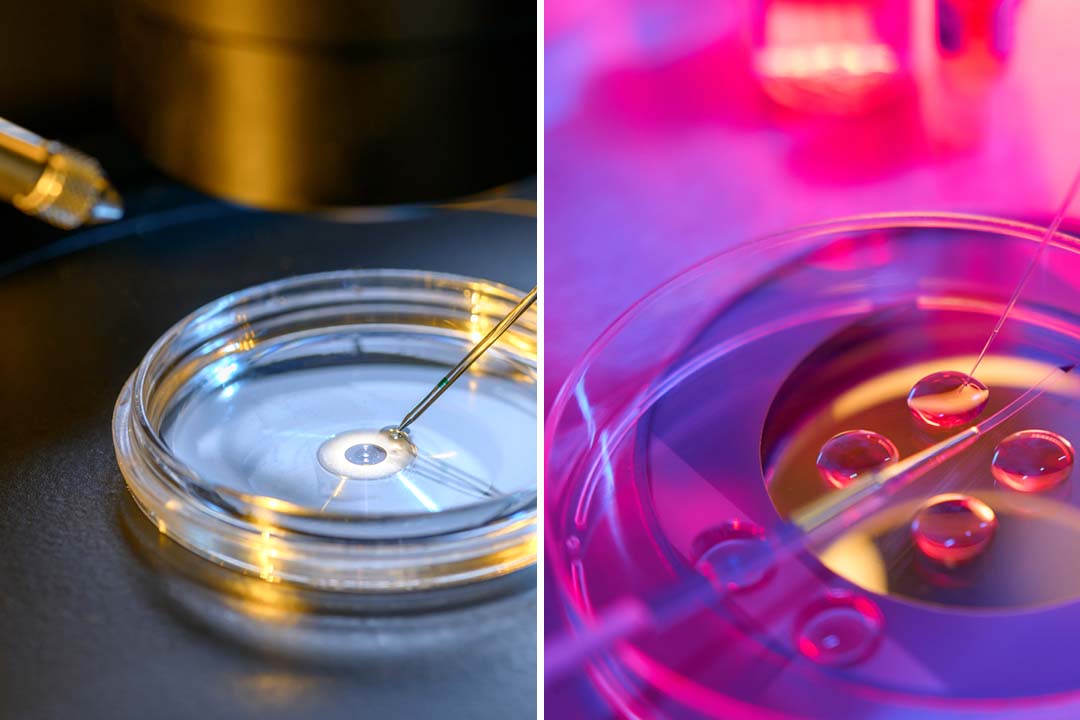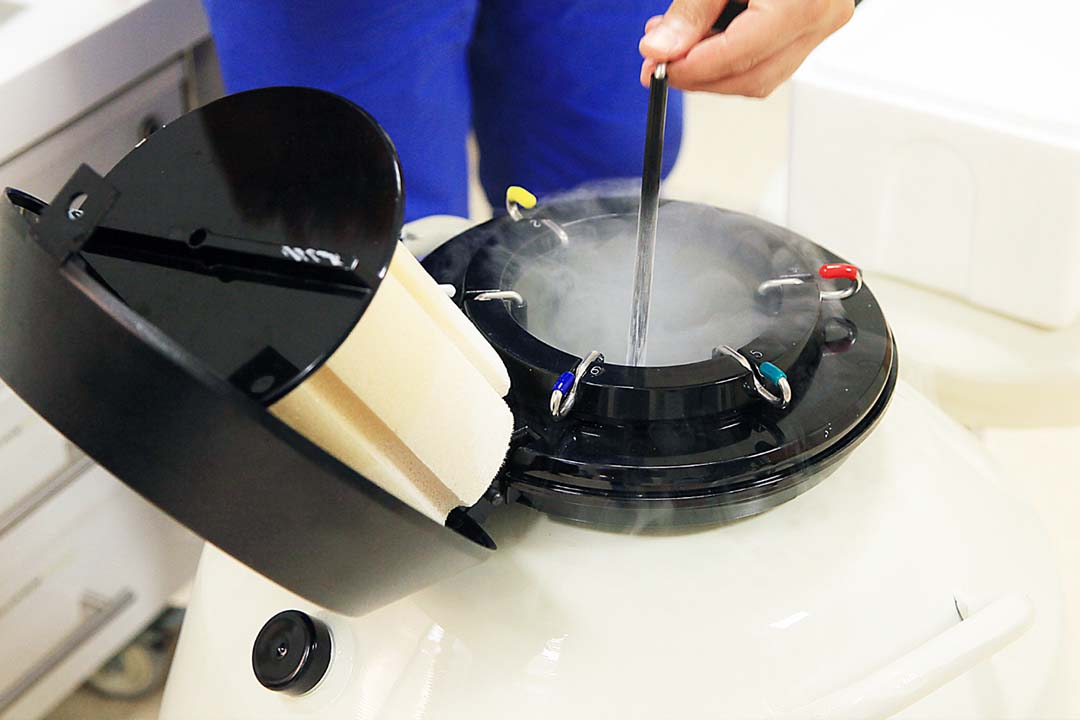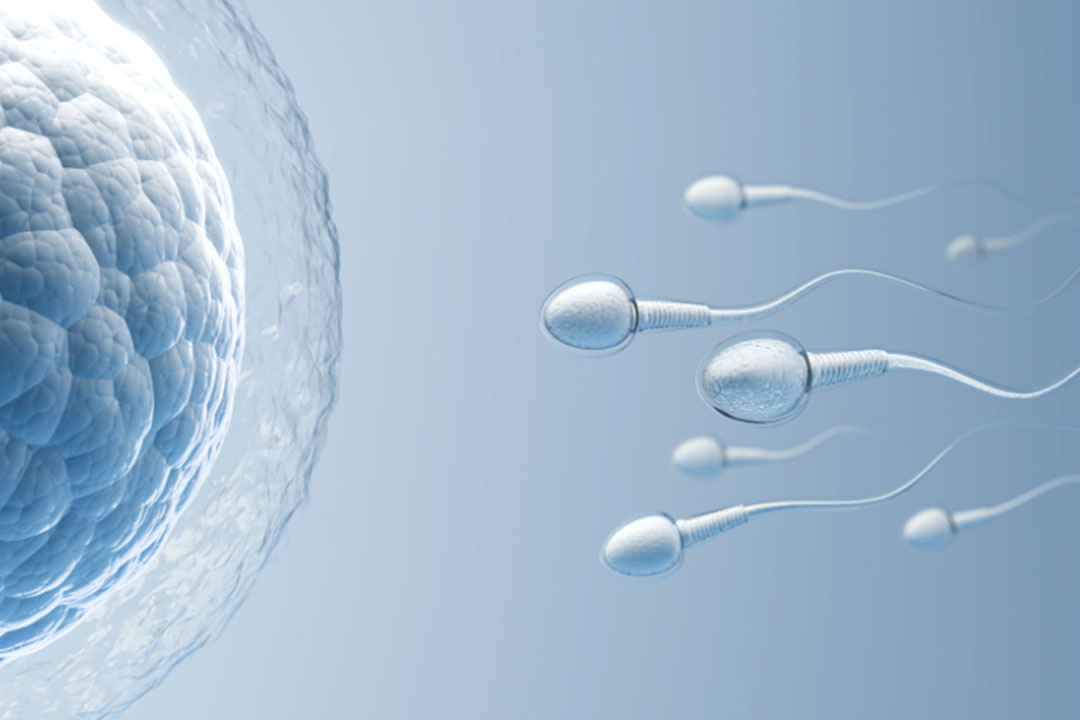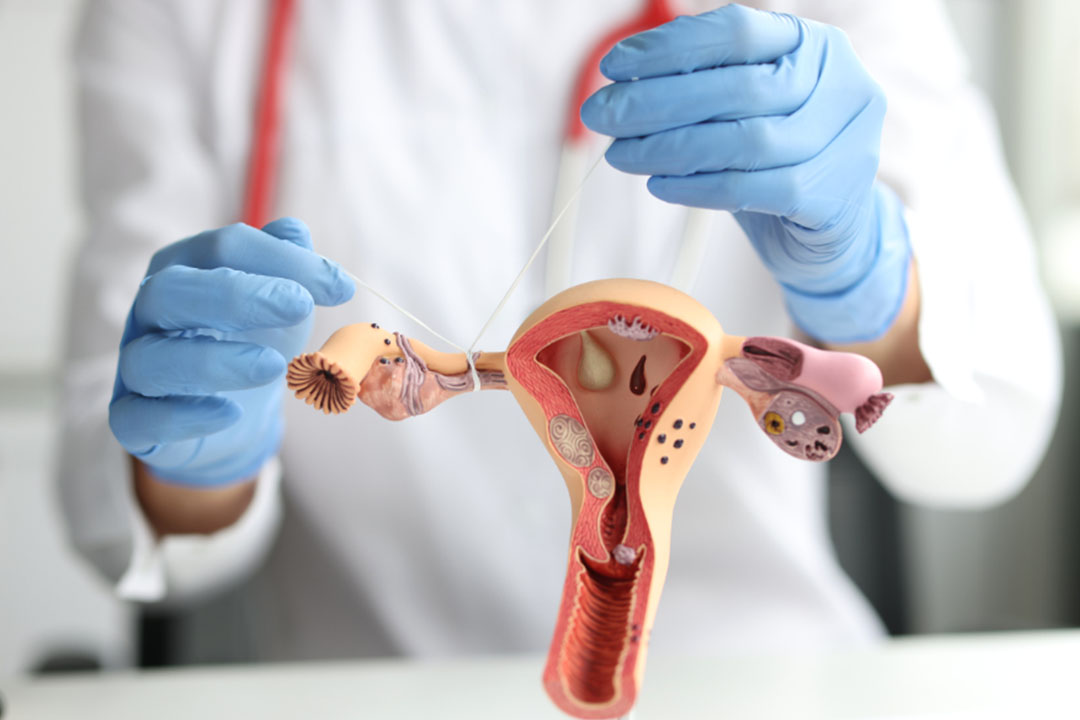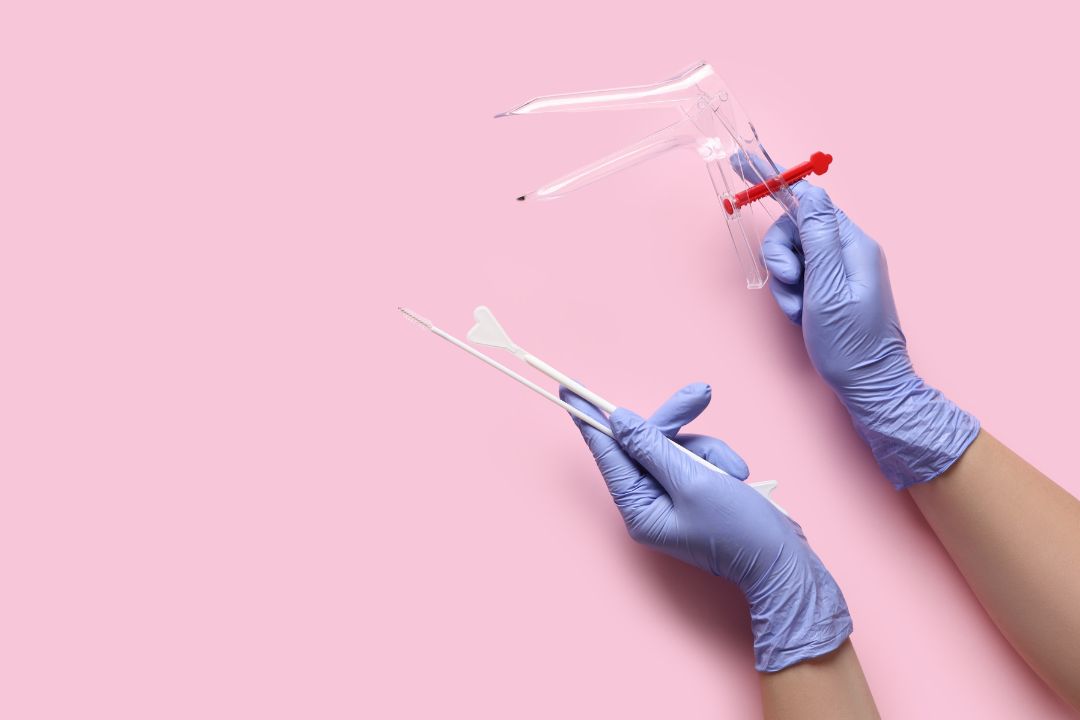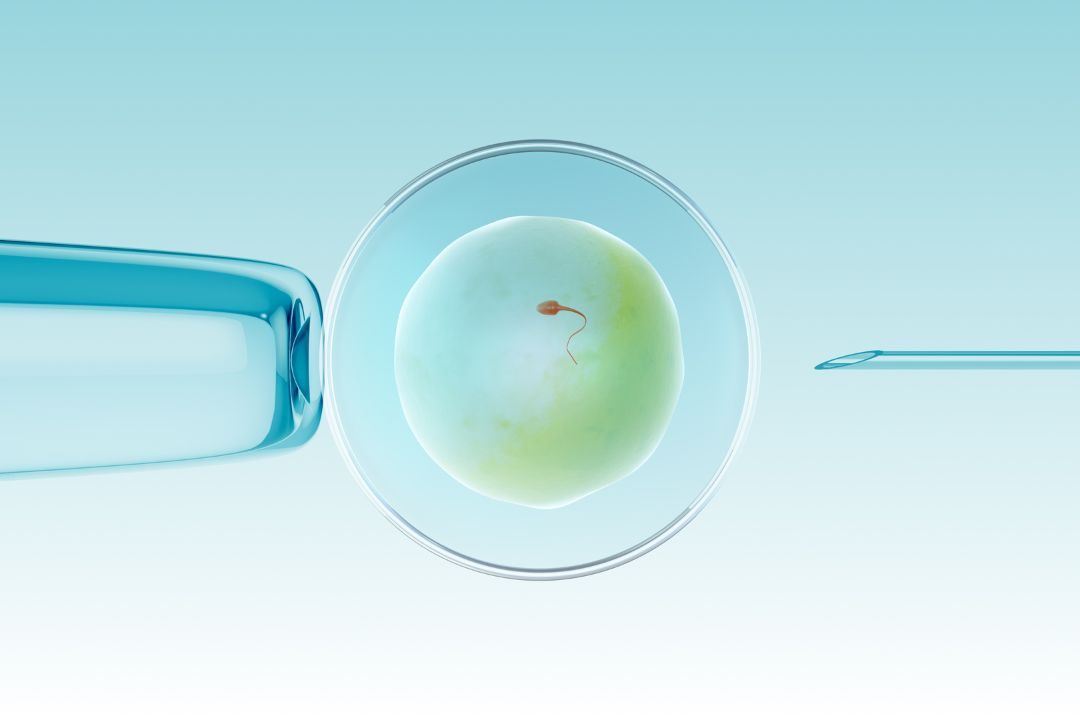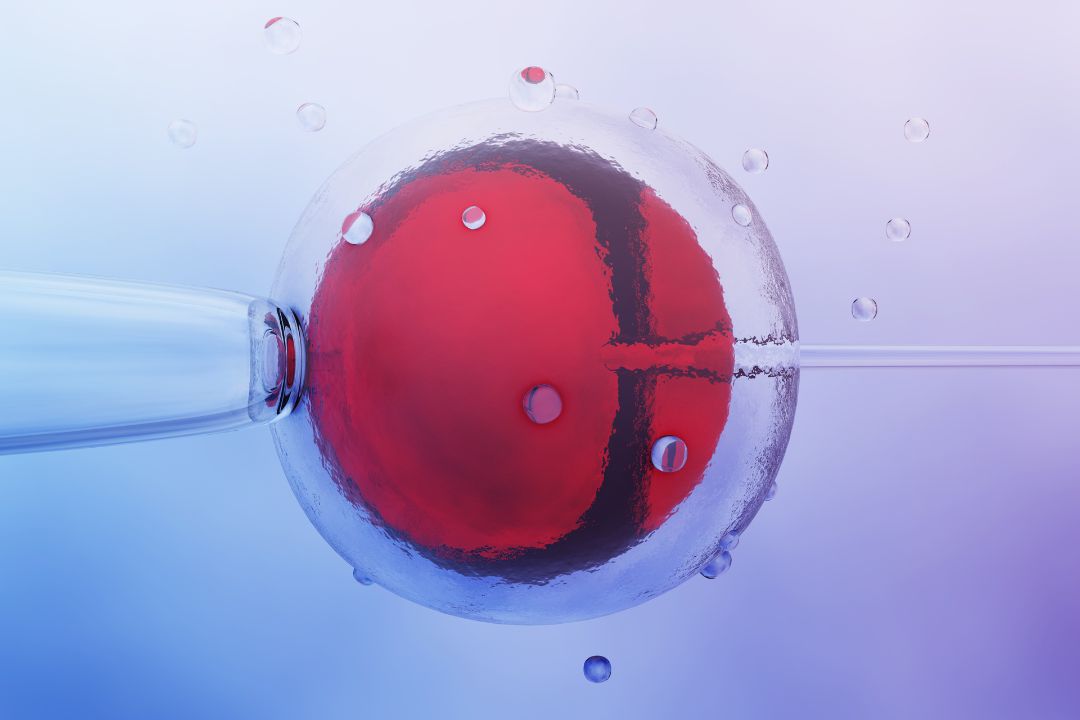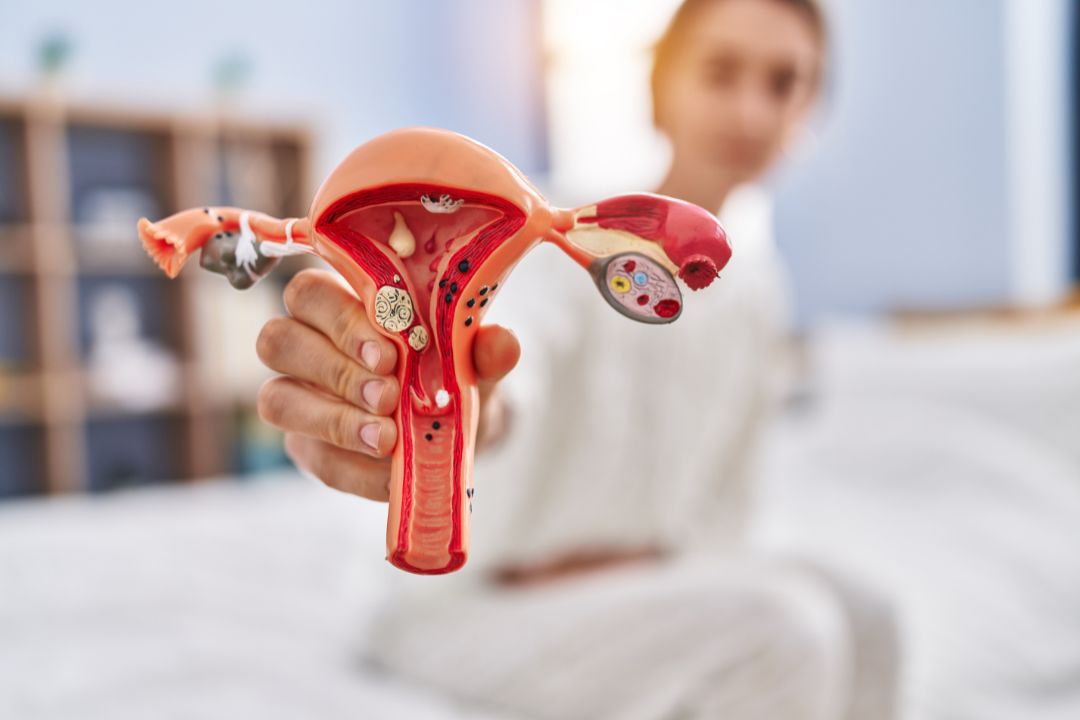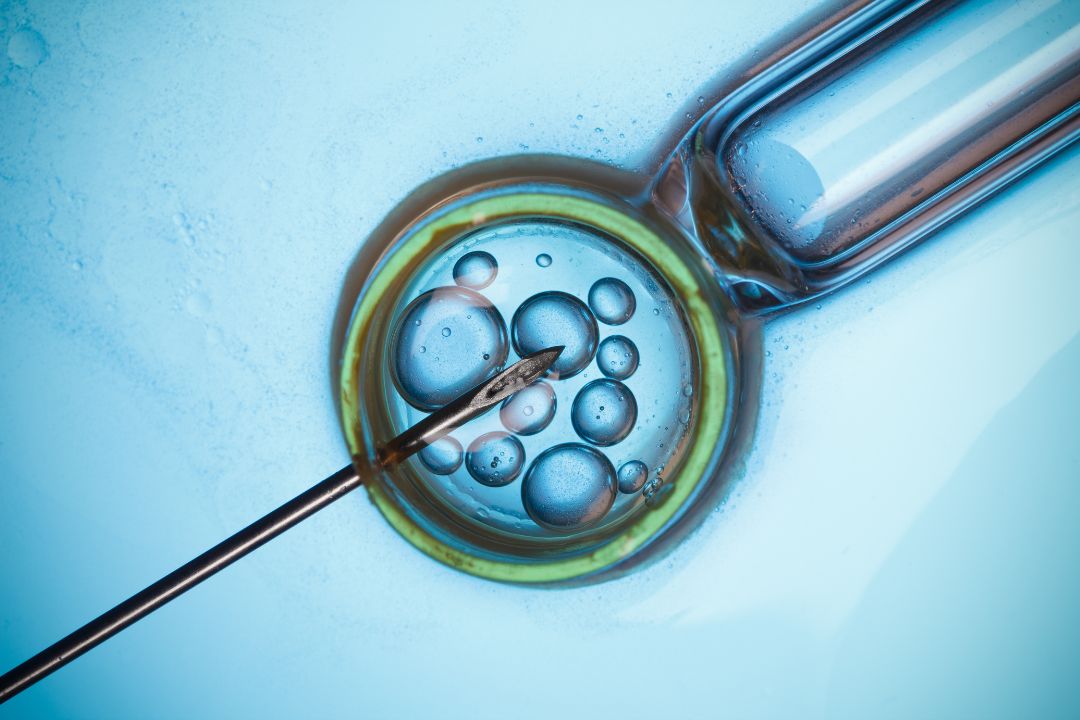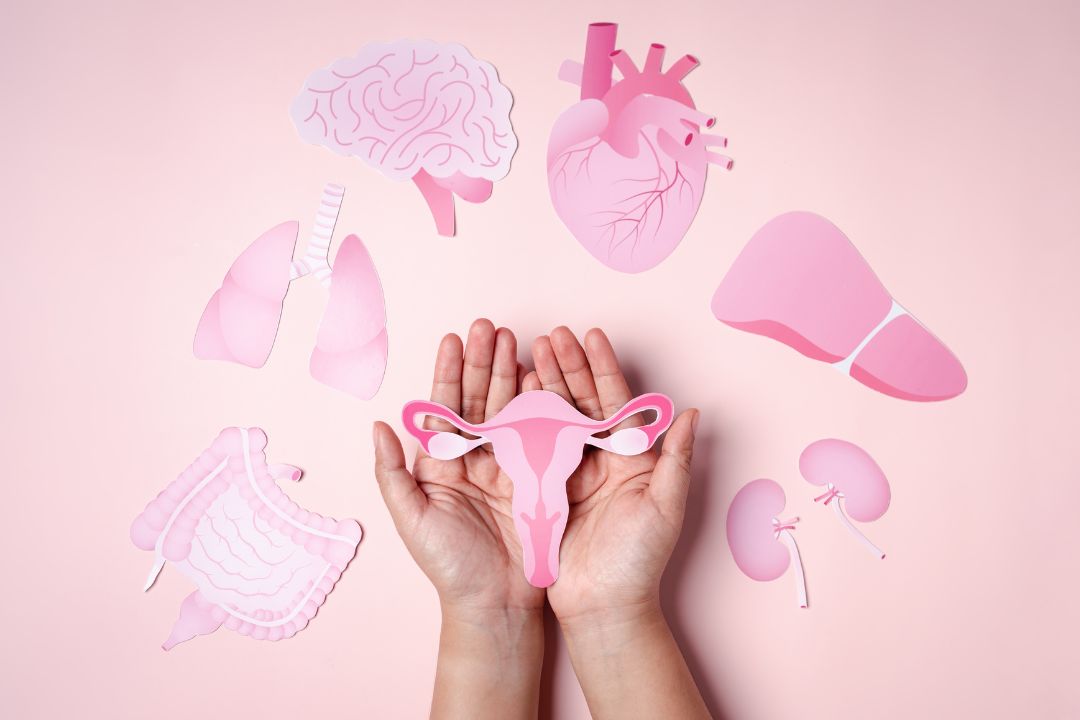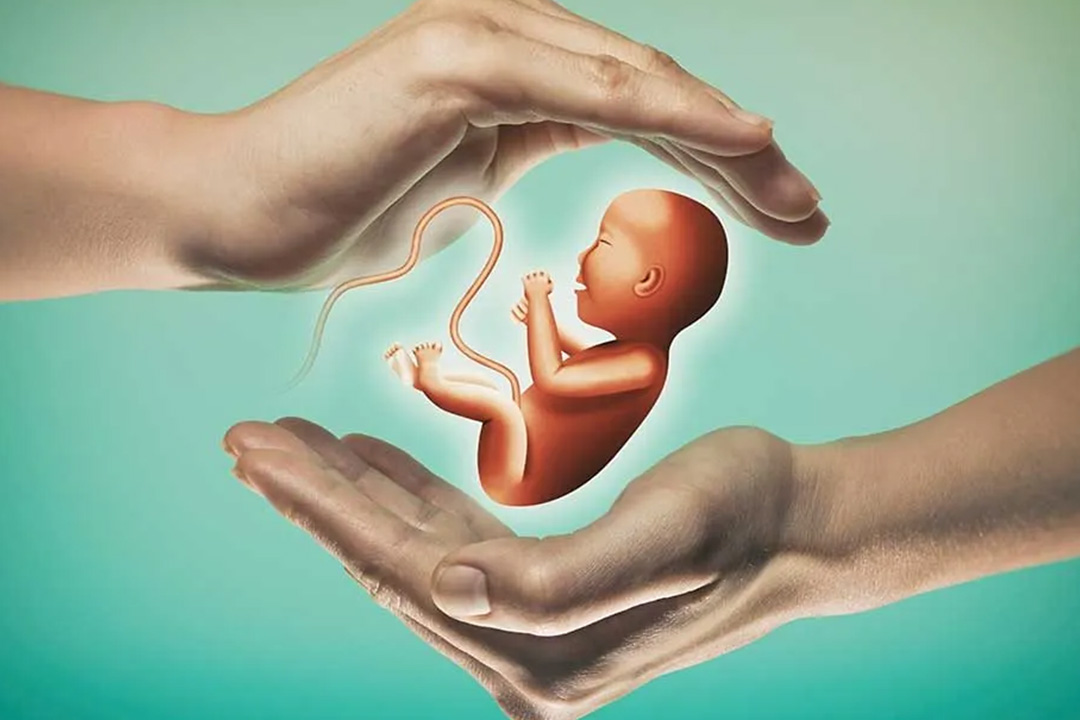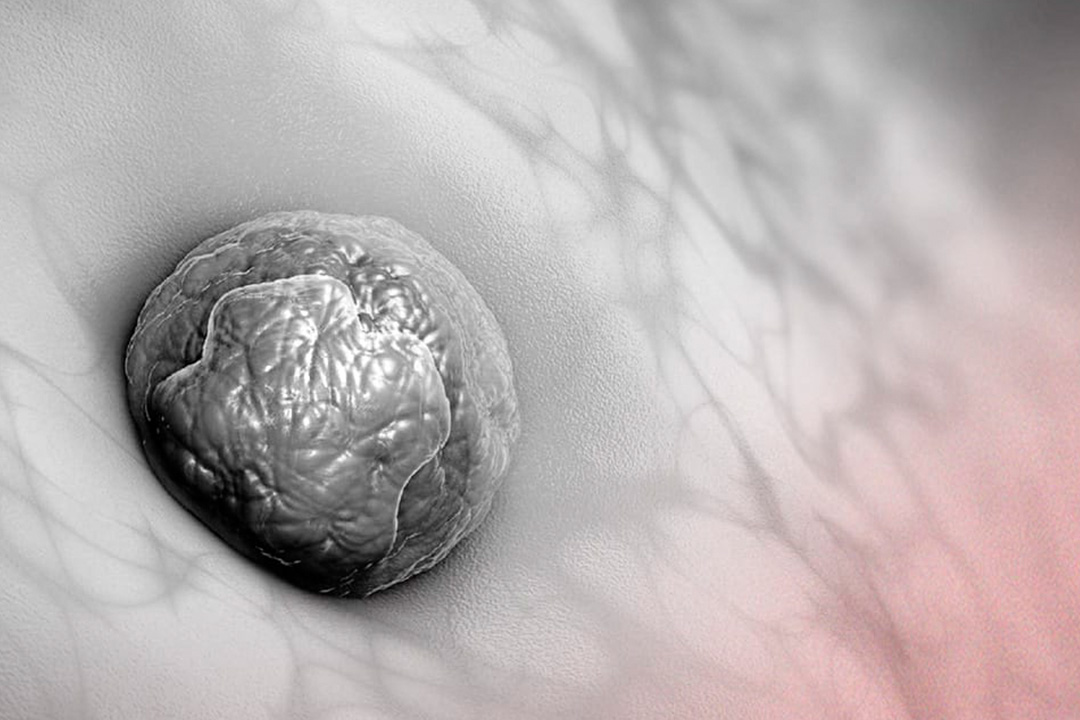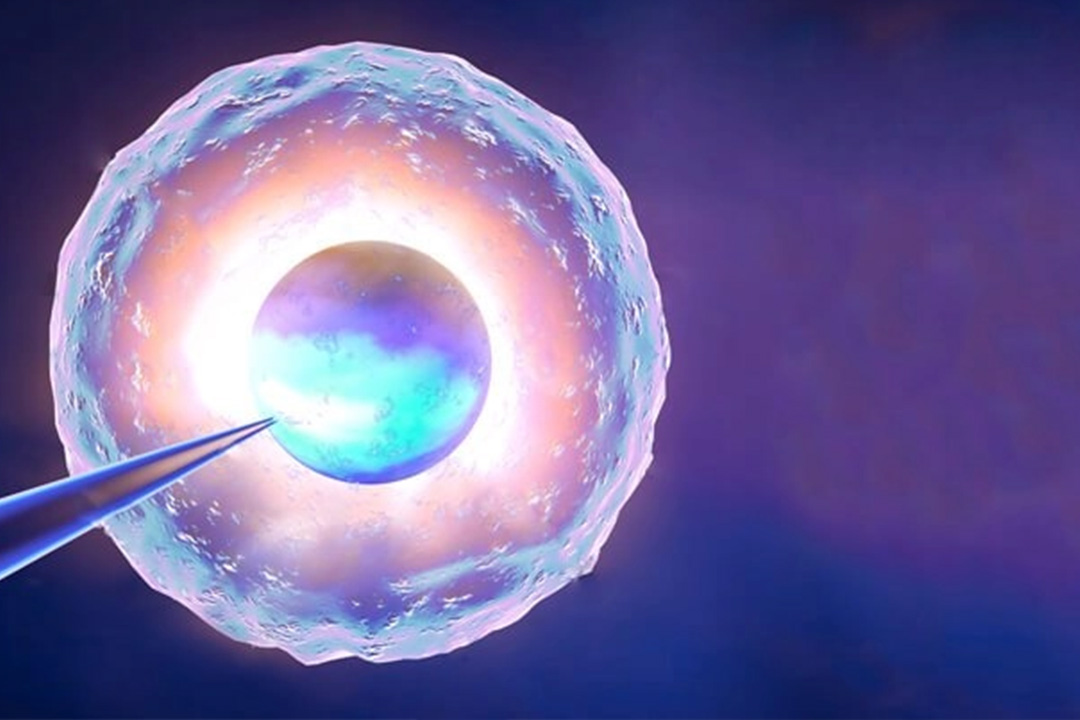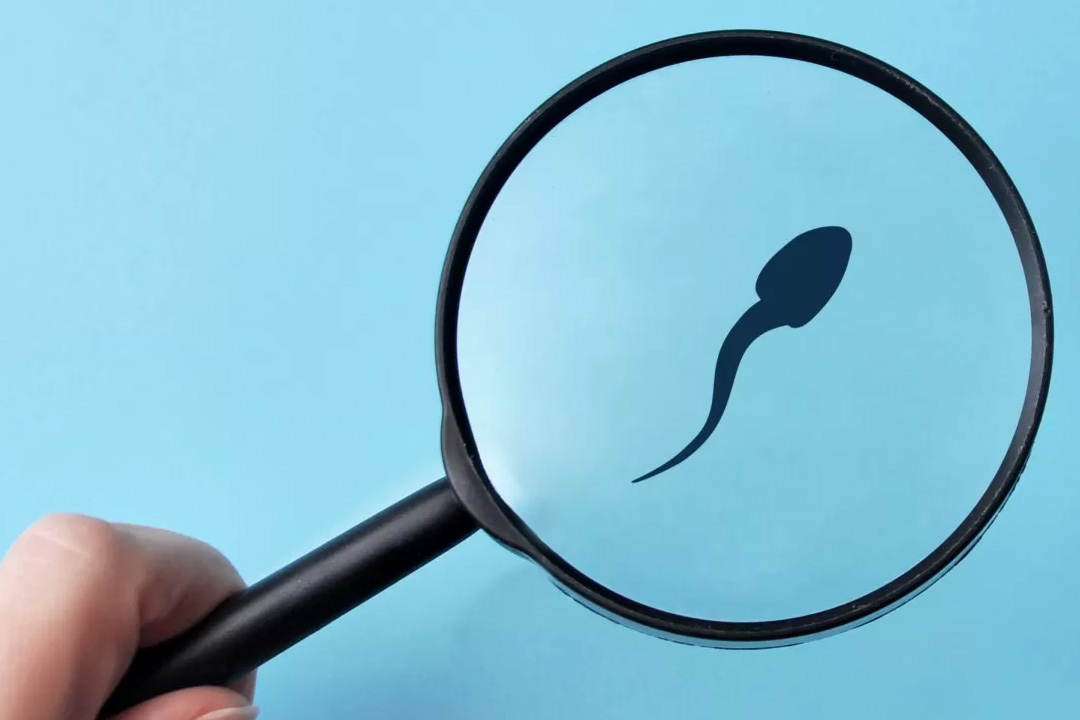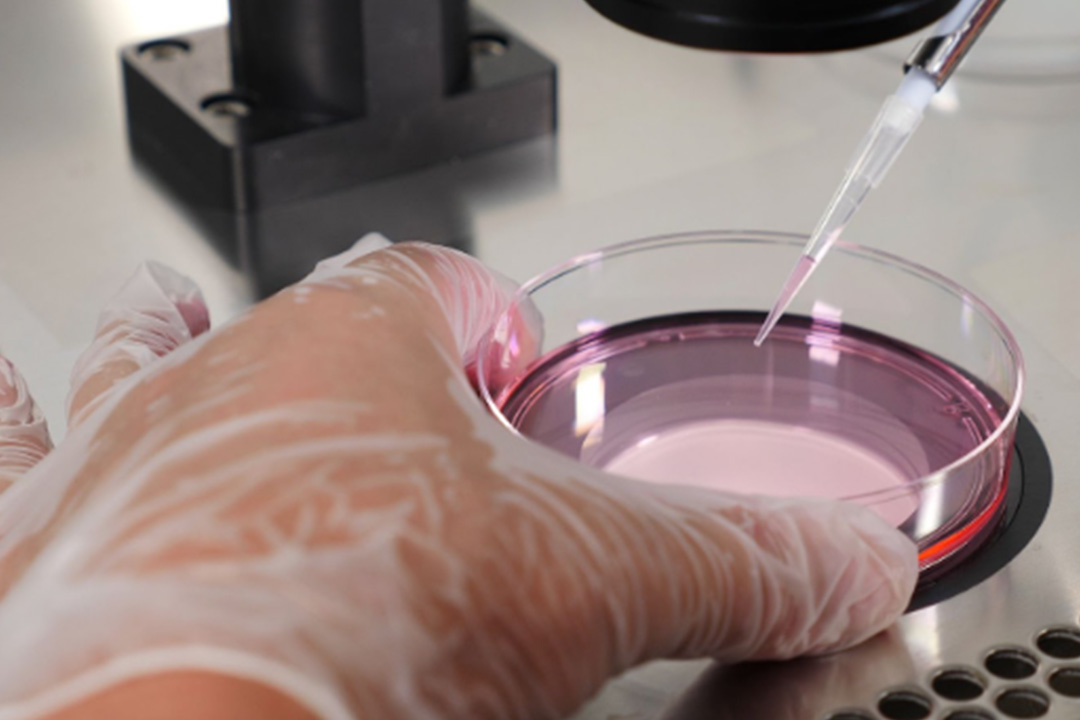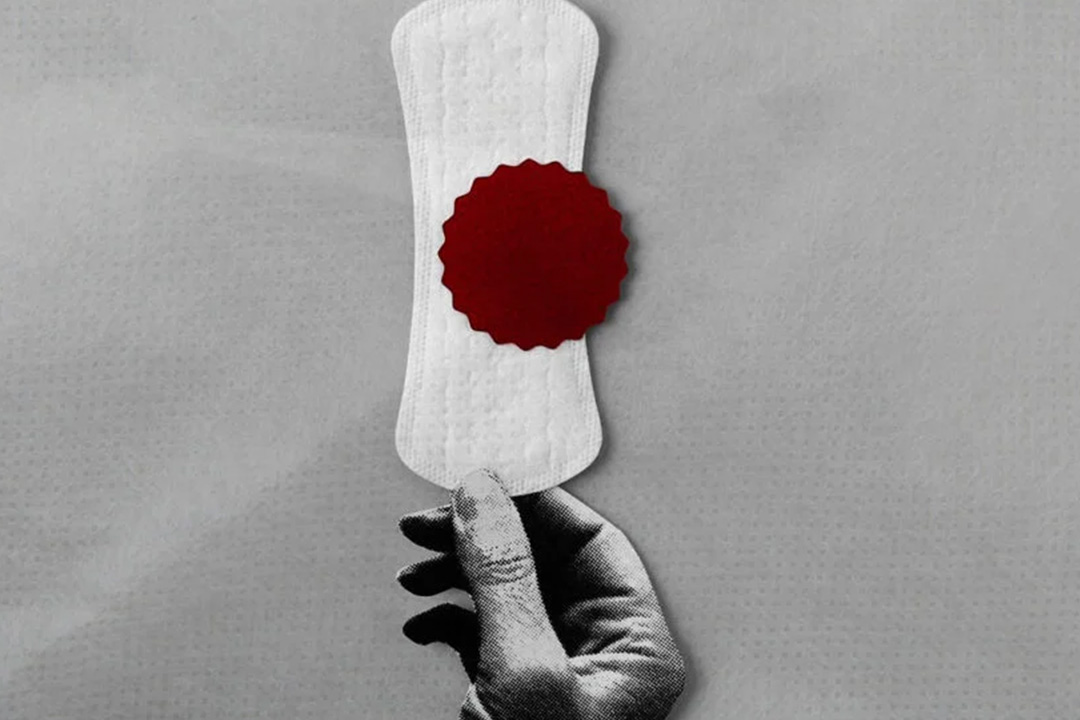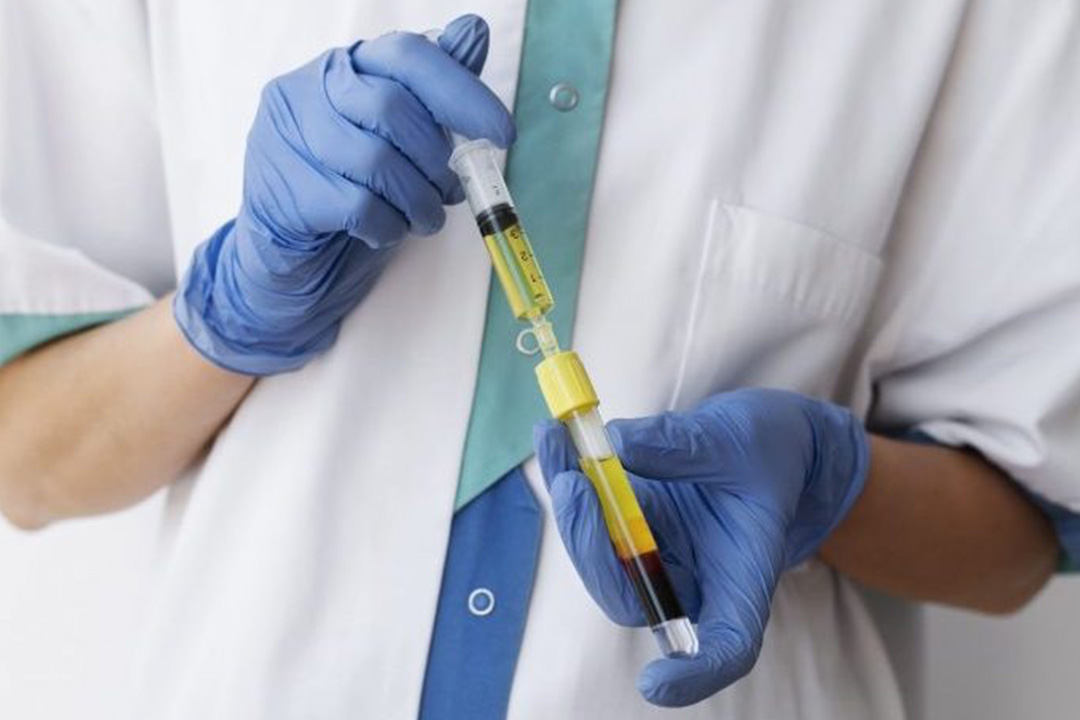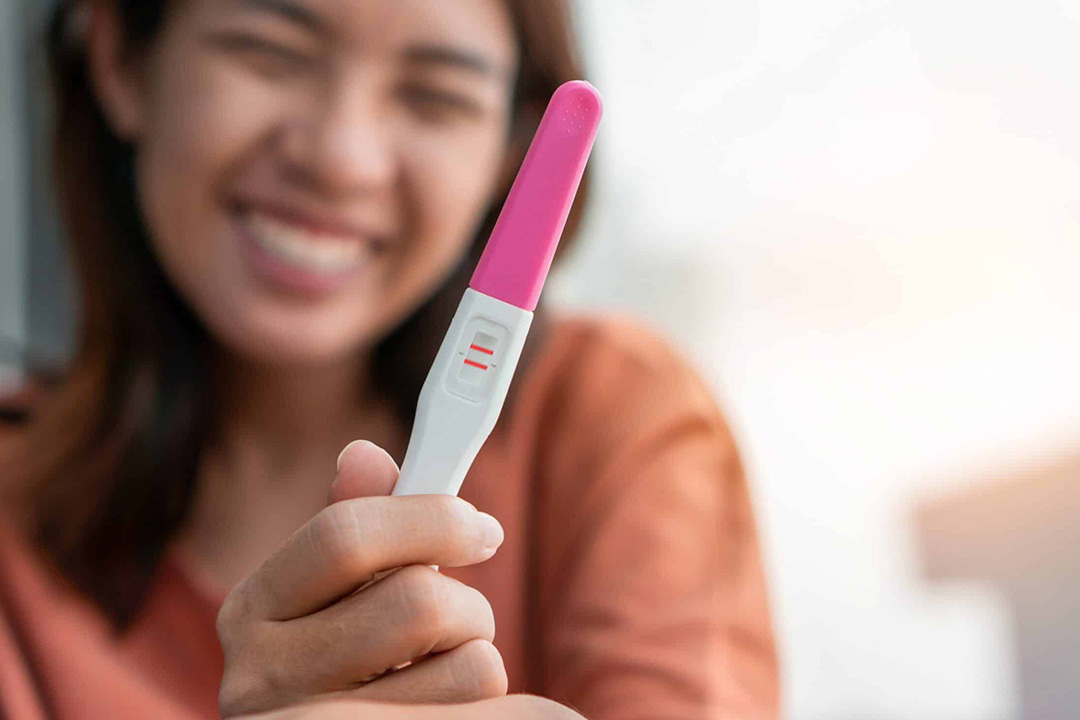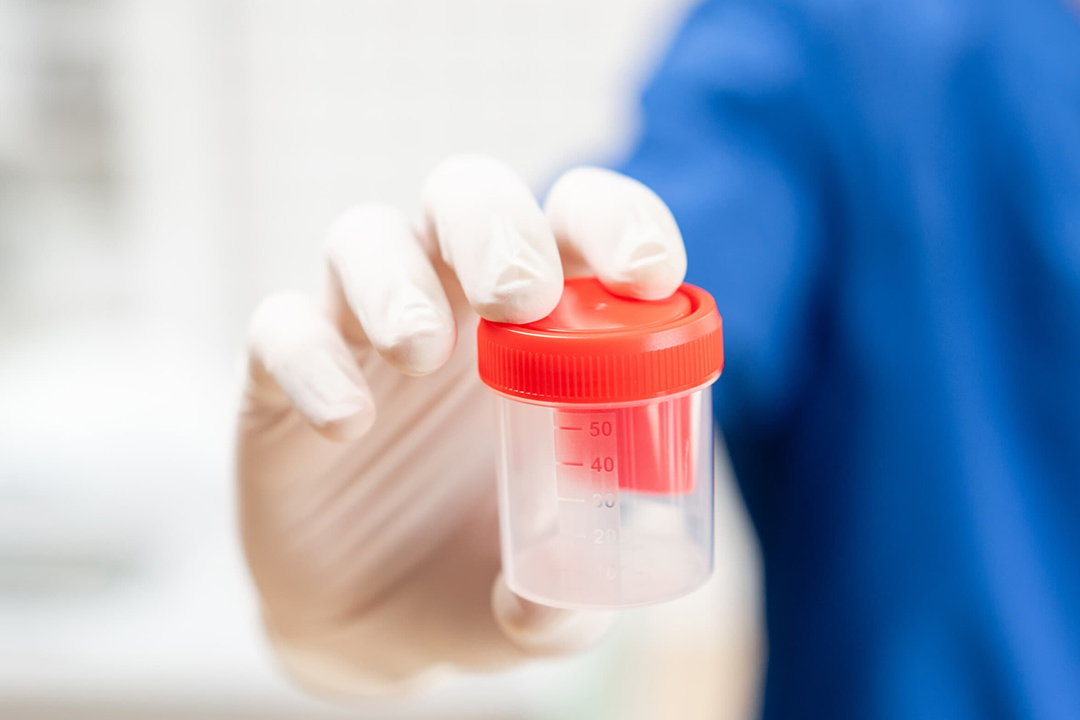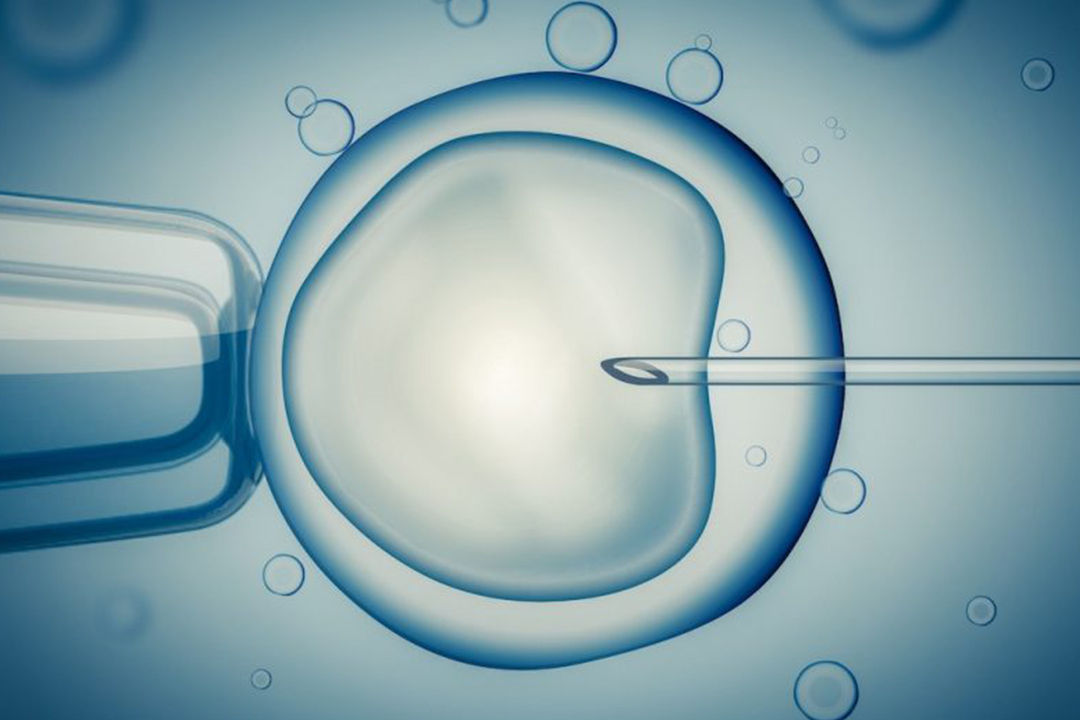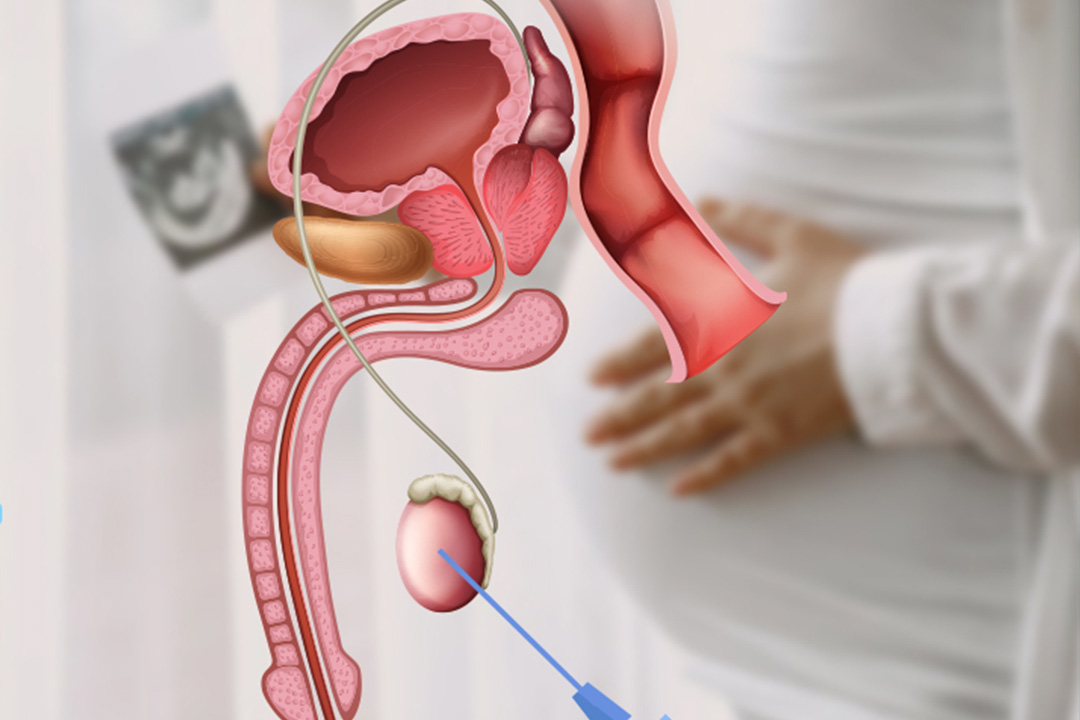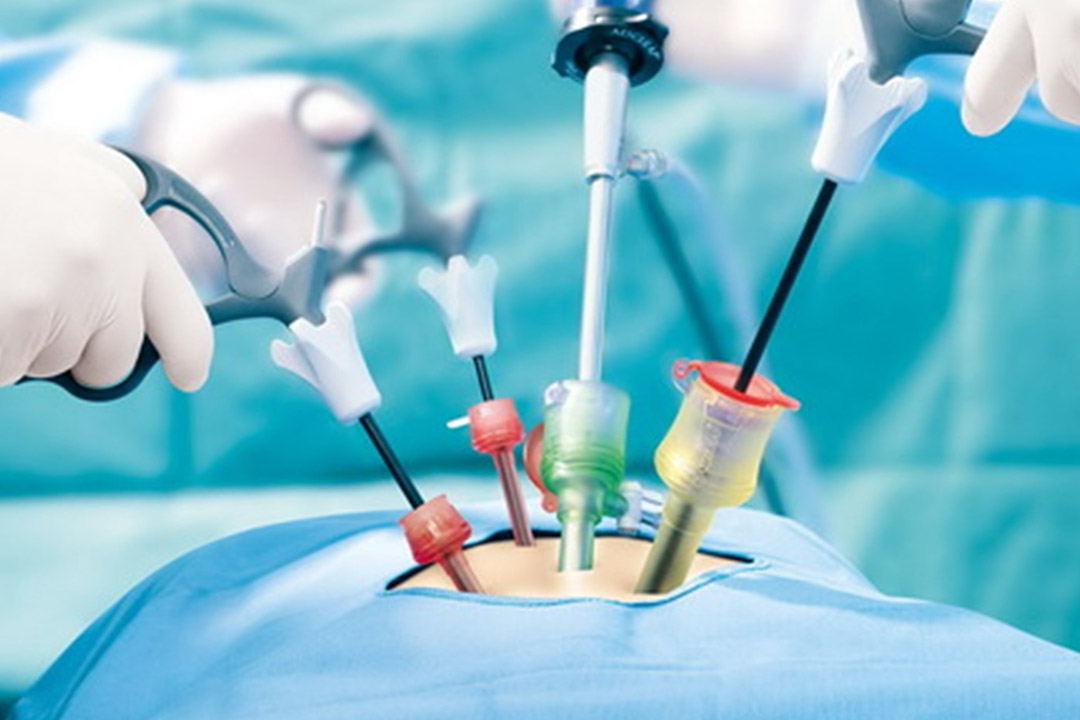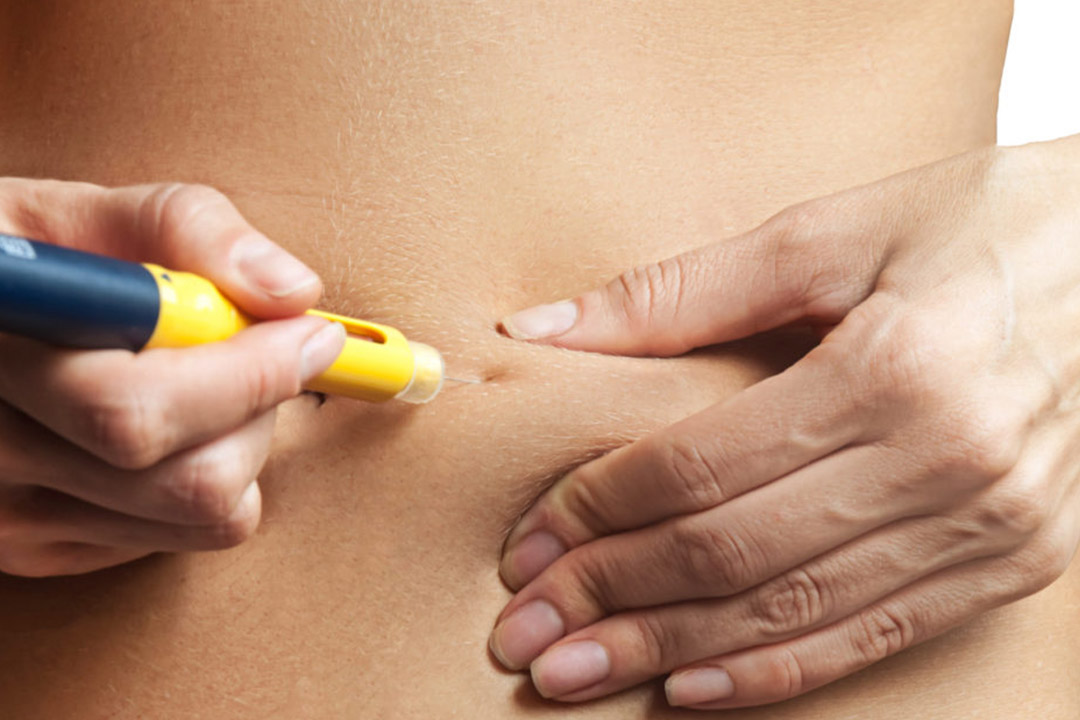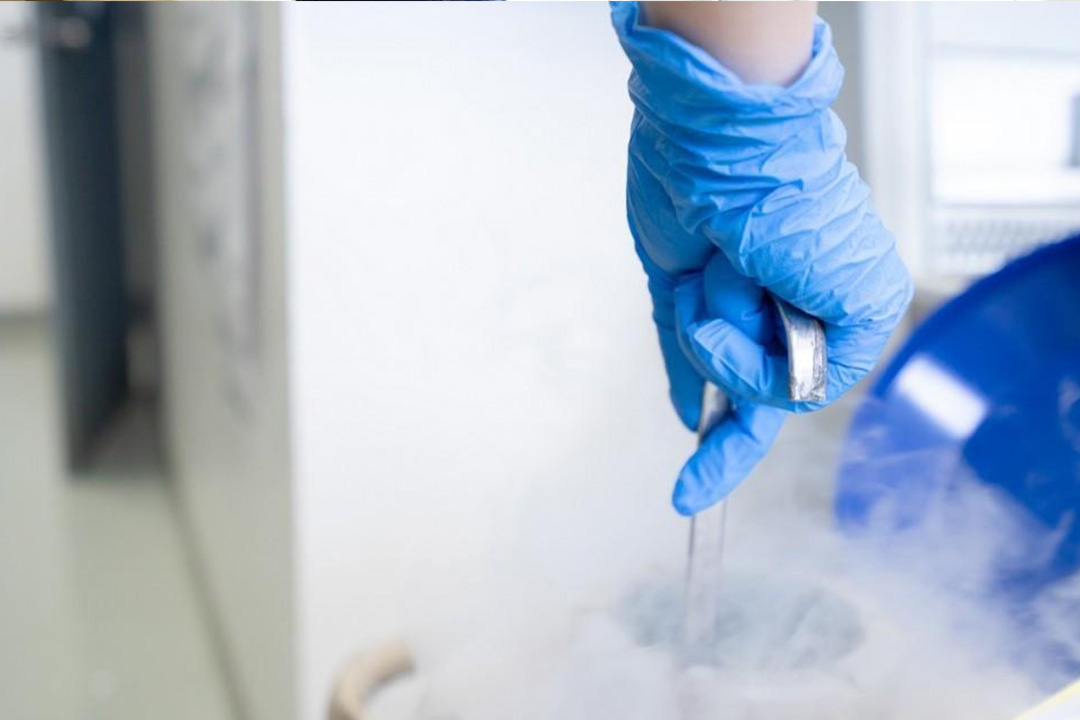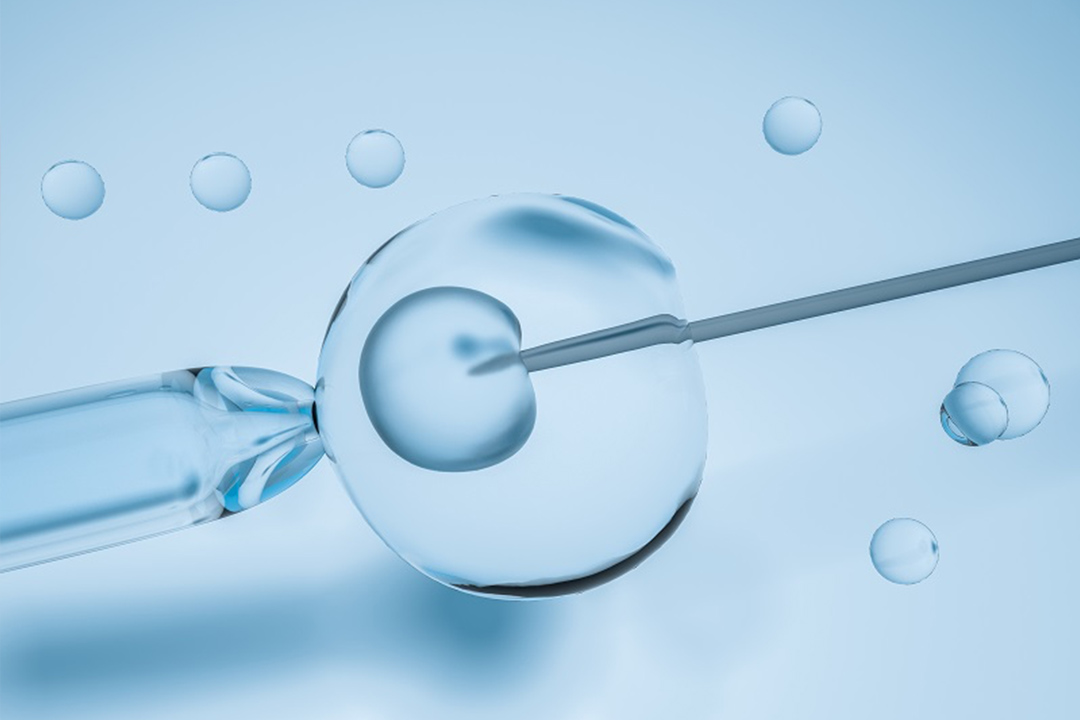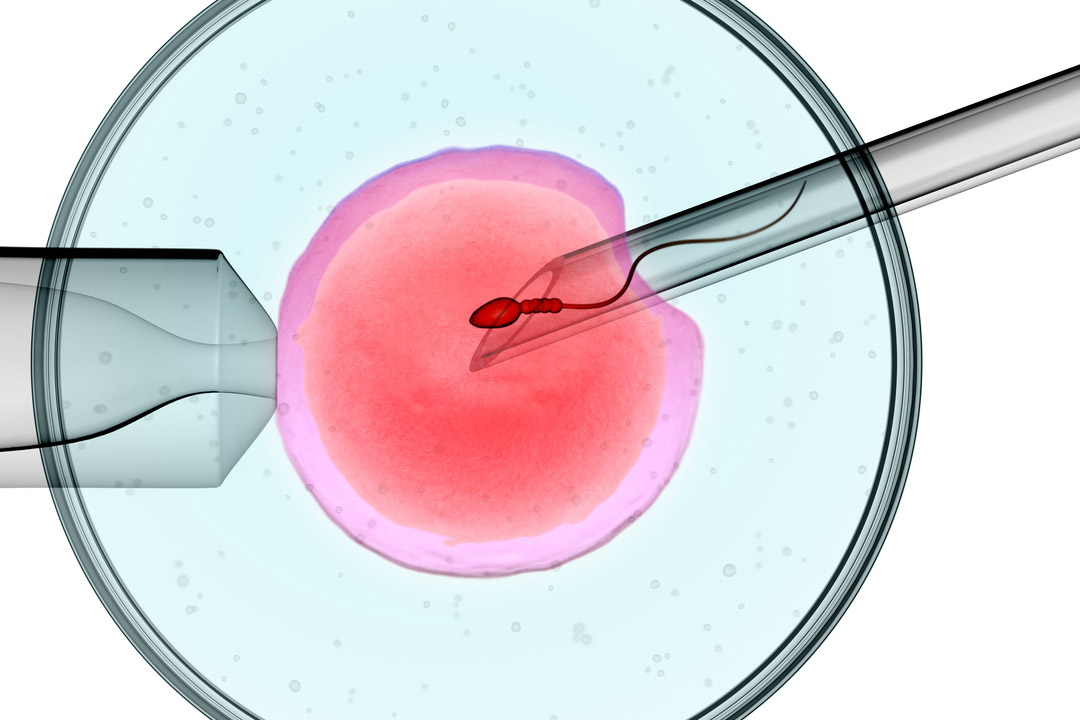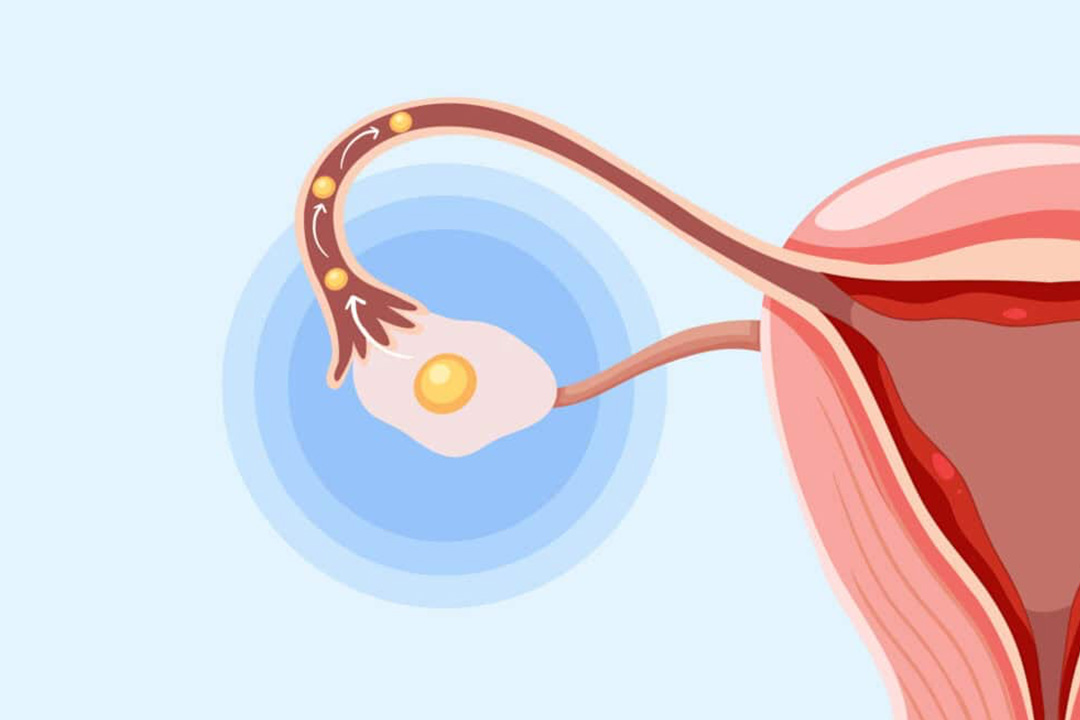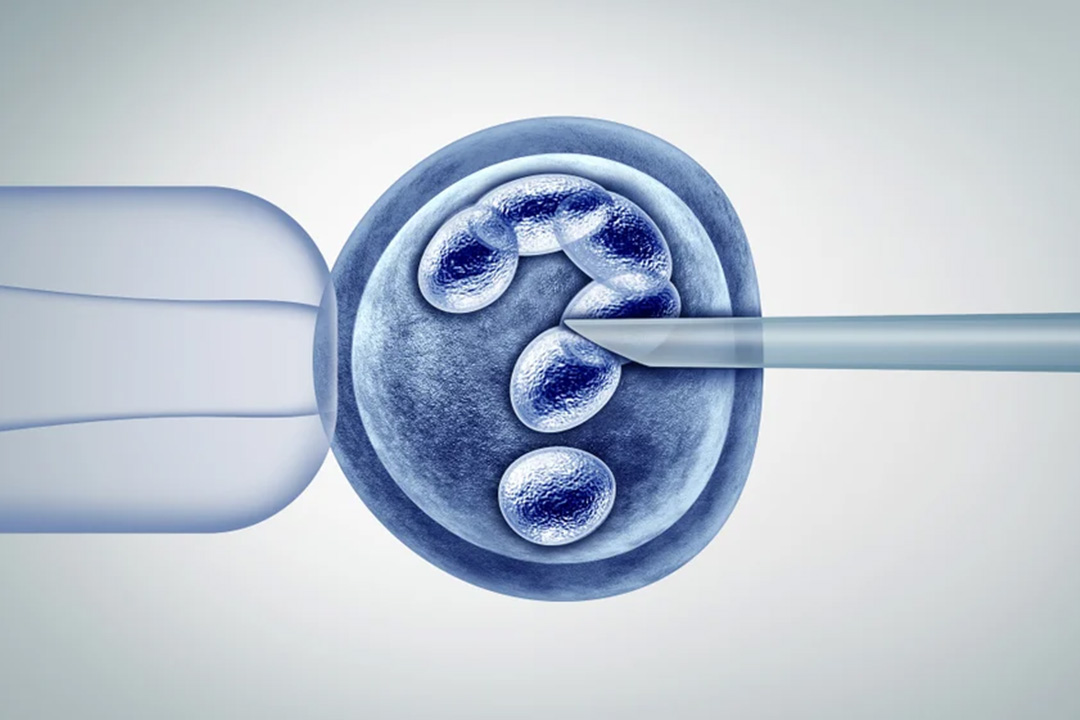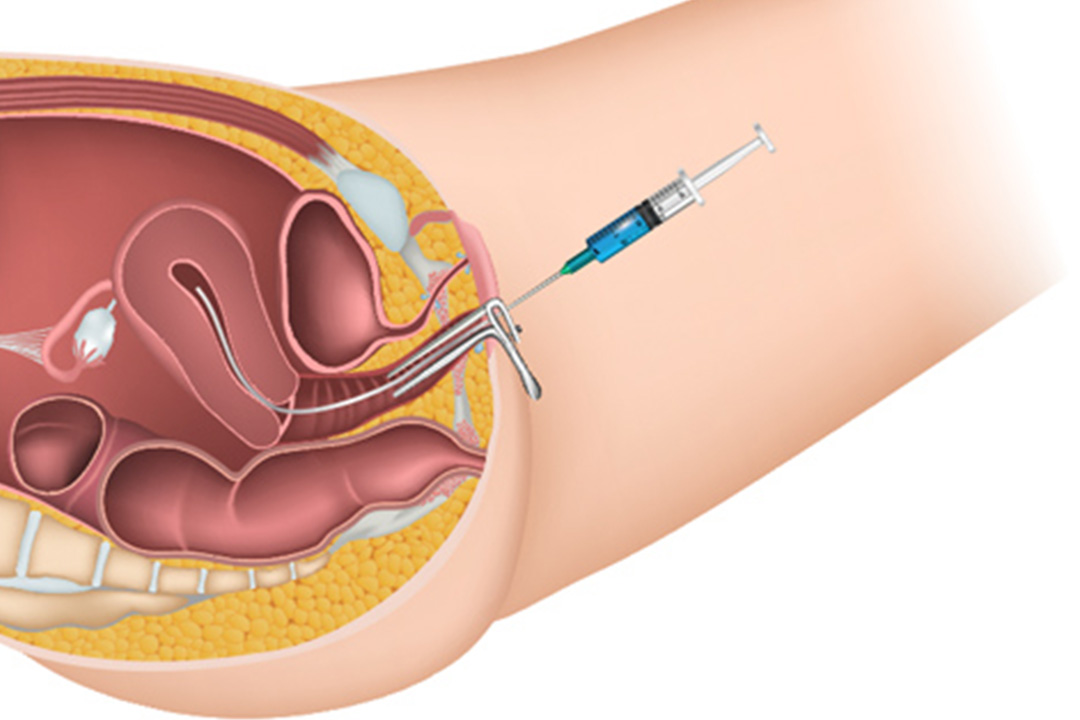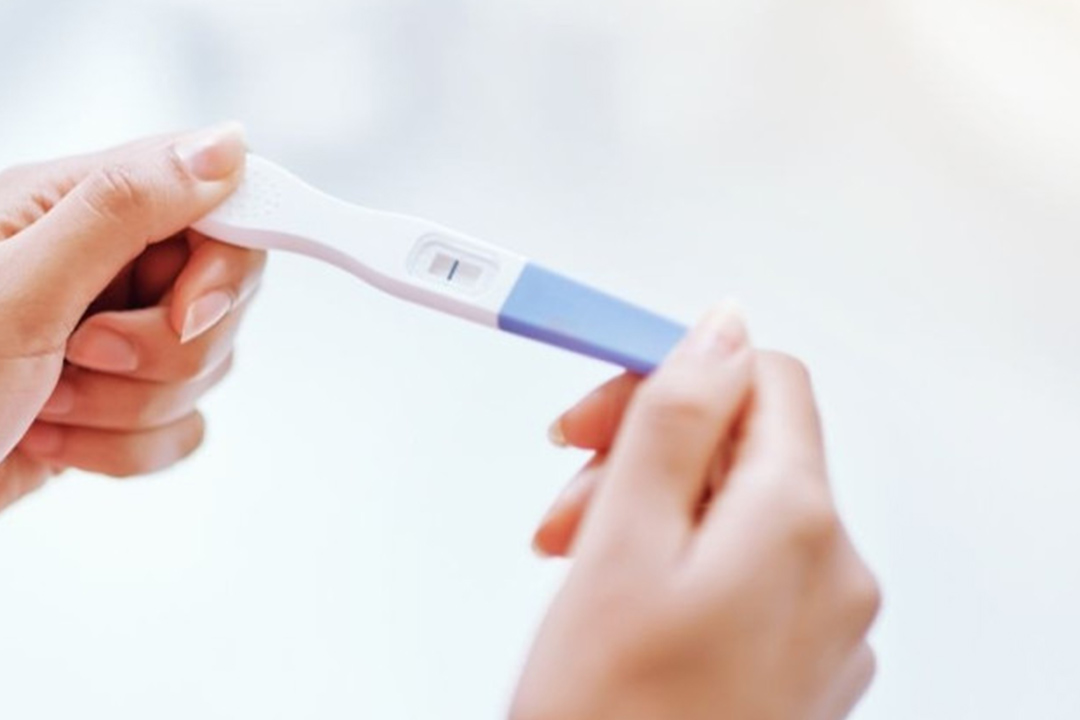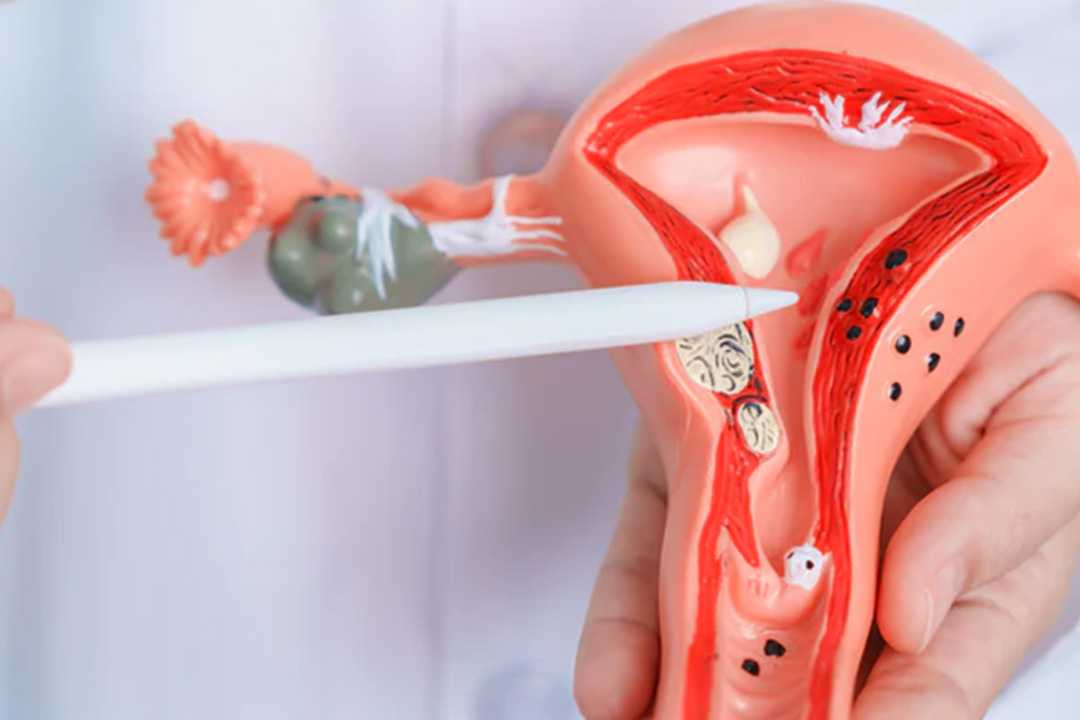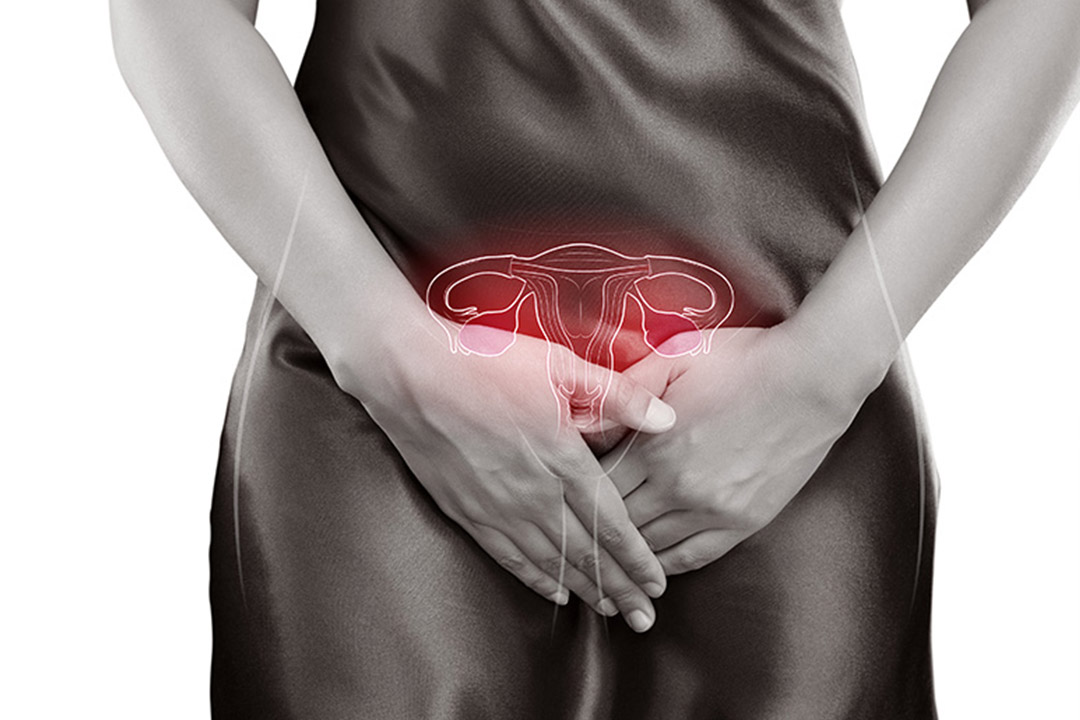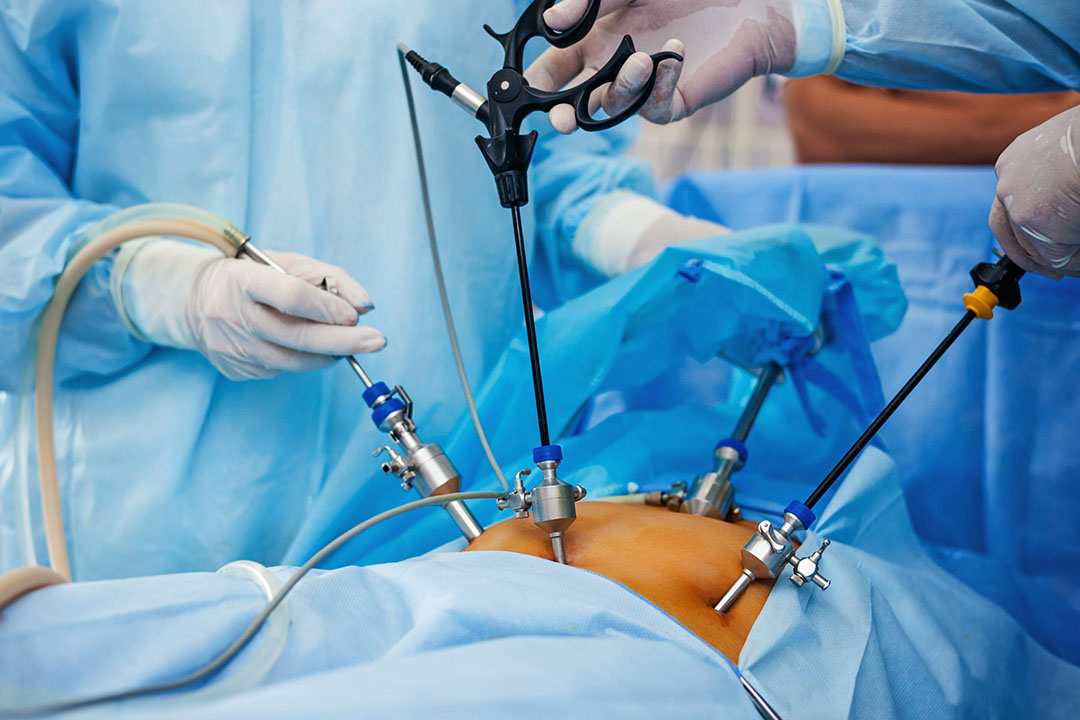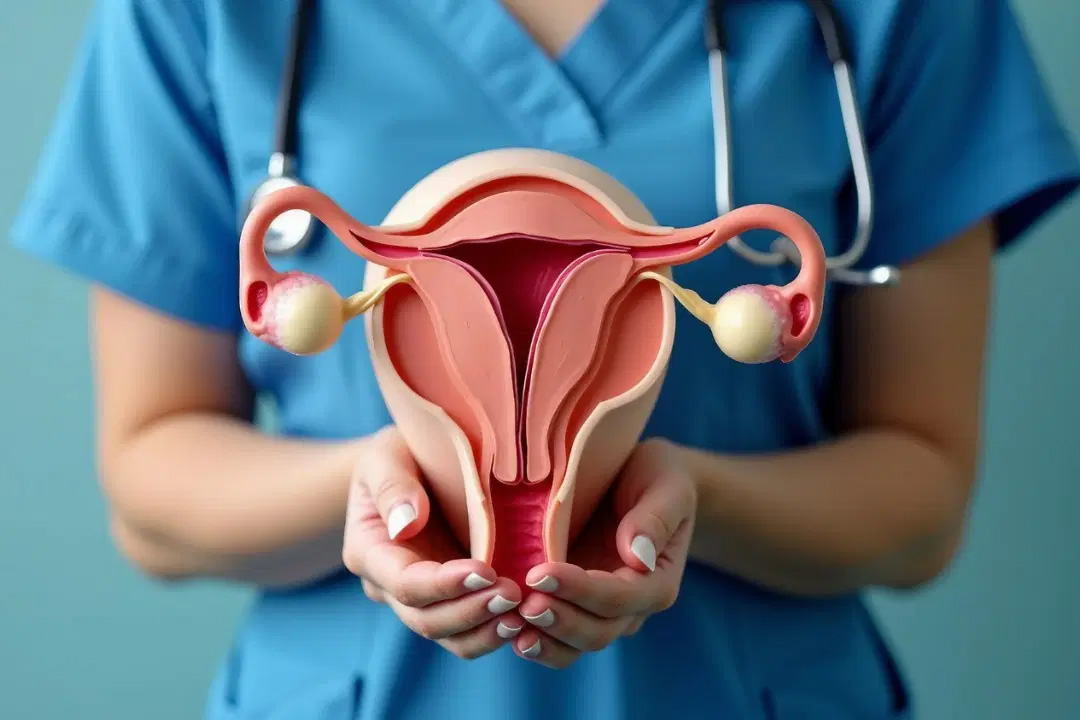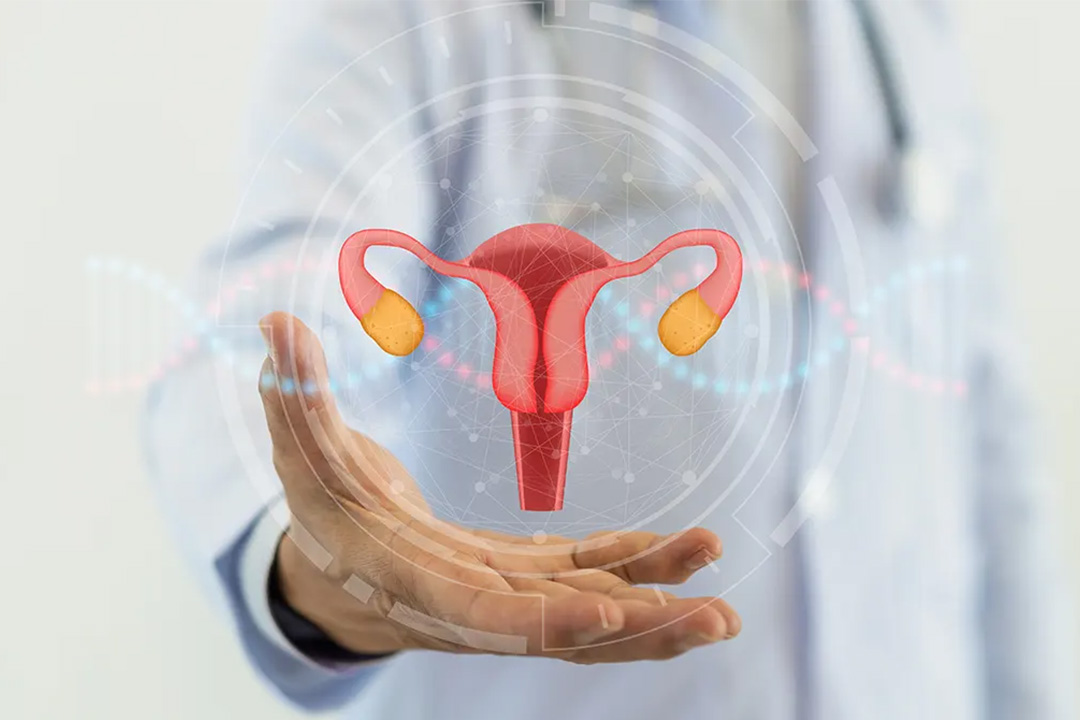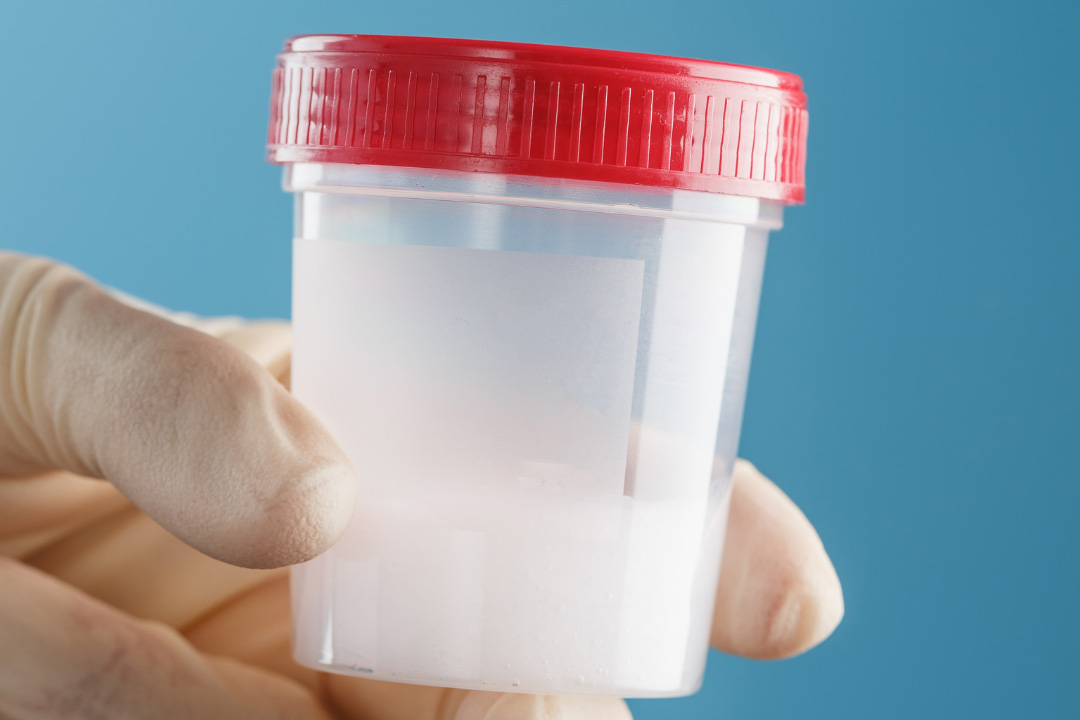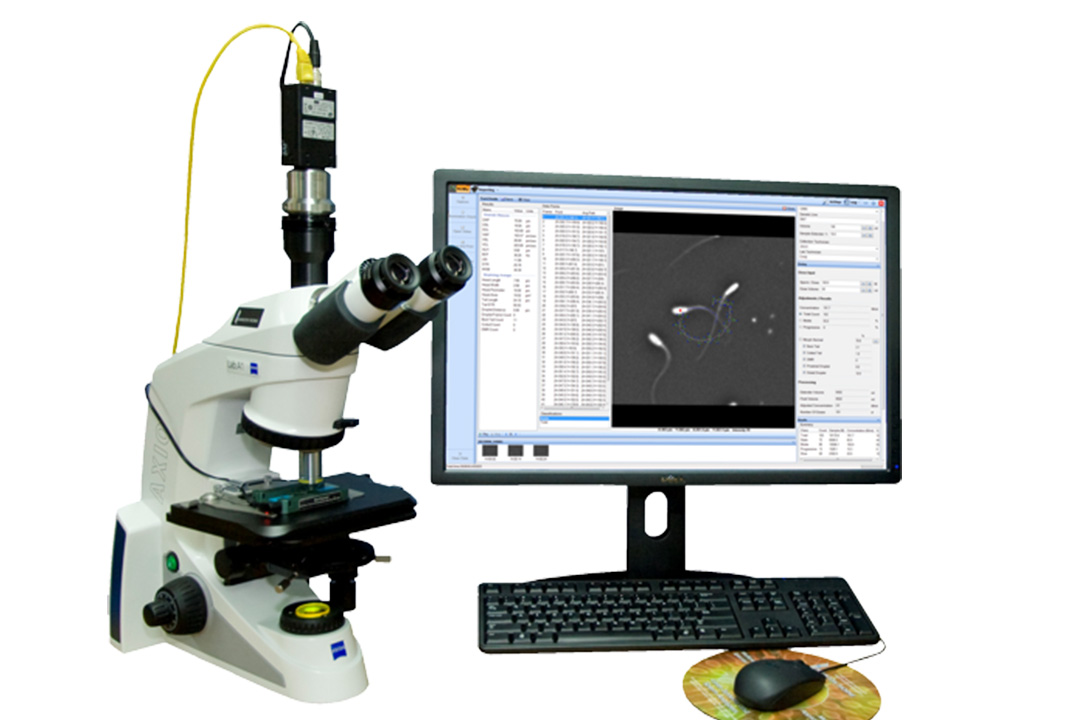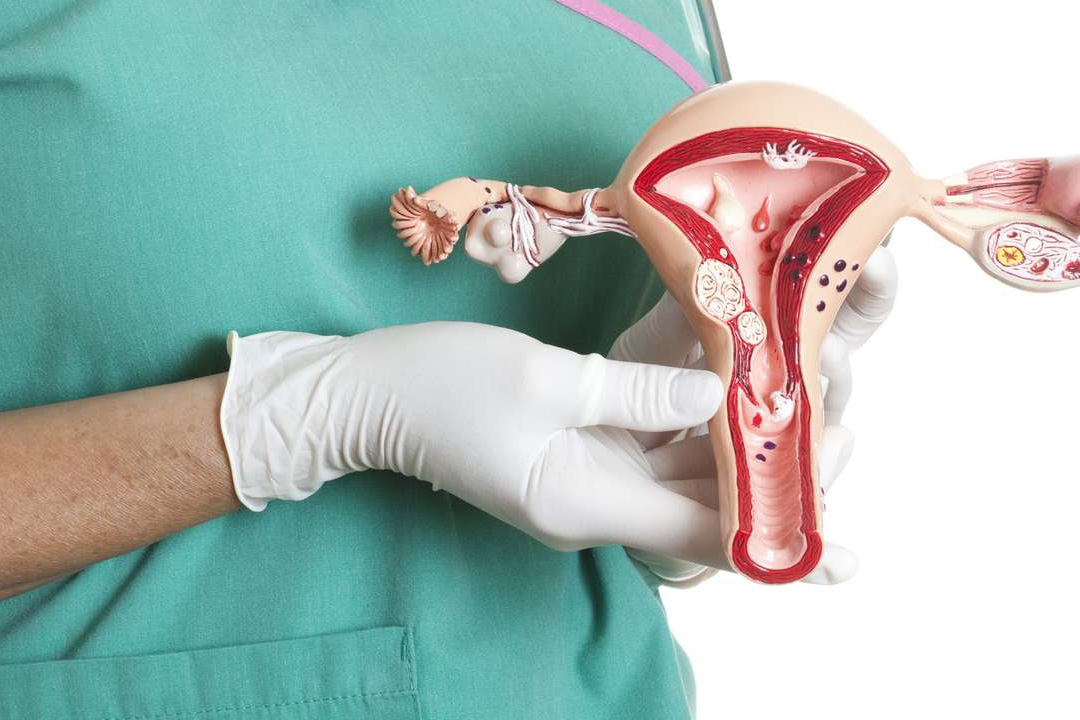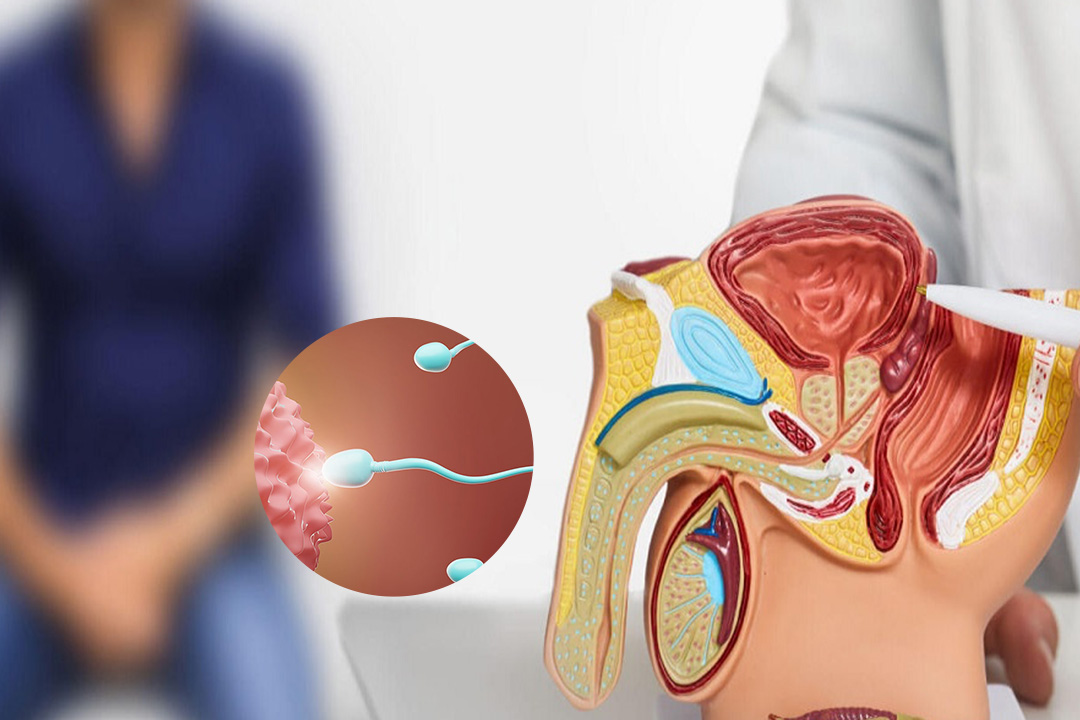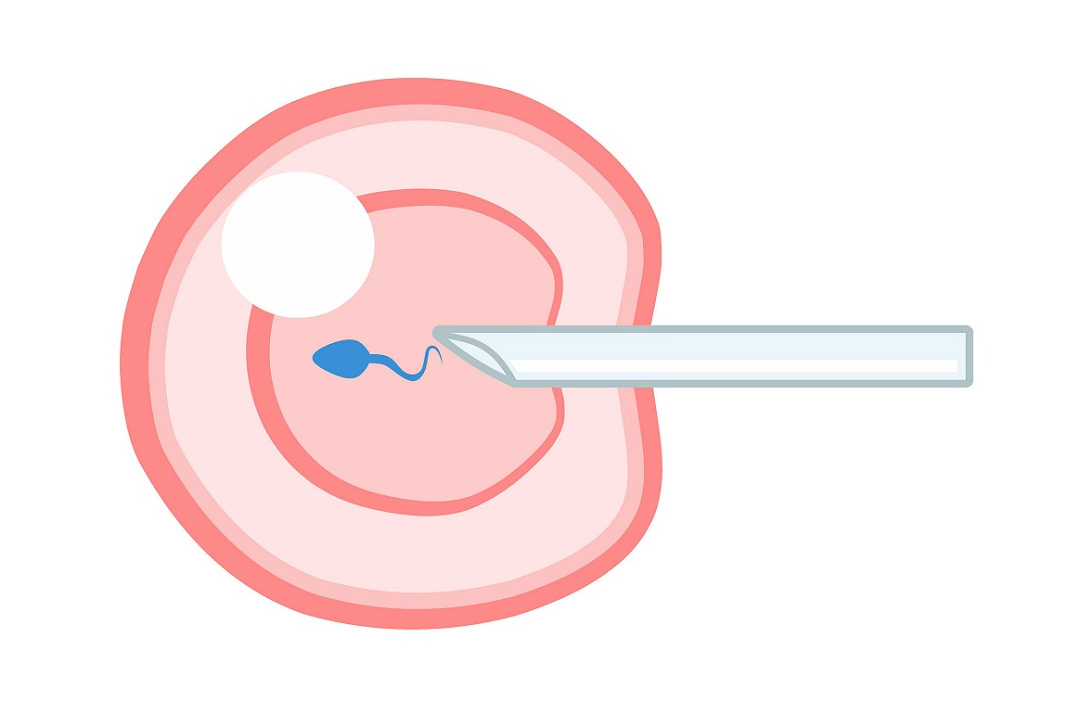Difference Between Aspermia and Azoospermia
An honest discussion about fertility often centres on female health, yet nearly a third of all infertility cases trace back to male factors. Two of the most confusing terms you might hear during that journey are aspermia and azoospermia.
Both sound alike and both can impact conception, but they are not the same problem. Understanding exactly what each term means, how it shows up, and what you can do next is the first step toward choosing the right treatment.
We’ll walk through the core differences, practical testing options, modern therapies, and everyday choices that can improve the odds of becoming parents.
What exactly is Aspermia?
Aspermia means no semen or almost none comes out during orgasm, so healthy sperm never reach the outside world. Your testes may still make sperm, but without the seminal fluid they are stranded inside the body.
The result is near‑zero chance of natural conception unless the fluid pathway is restored or the sperm are retrieved in a lab.
Why does it happen?
Aspermia usually points to one of three issues:
- Blockage in the ejaculatory ducts or seminal vesicles.
- Retrograde (“backward”) ejaculation, where fluid shoots into the bladder instead of out through the urethra.
- Nerve or hormonal imbalance, often linked to diabetes, spinal injury, pelvic surgery, or specific medications.
What is Azoospermia?
Azoospermia means your semen is present but completely lacks sperm cells, making fertilisation impossible without medical help. The pathway is open, but either no sperm are entering the stream or a blockage far upstream is blocking their exit.
Where does it start?
Azoospermia shows up in two broad categories:
- Obstructive (post‑testicular): You make sperm, but scar tissue, infection, or a missing vas deferens stops them from joining the semen.
- Non‑obstructive (pre‑ or testicular): The testes themselves fail to create enough or any sperm, often because of genetic, hormonal, or toxin‑related damage.
Why Might You Develop Aspermia?
Aspermia usually stems from blocked ducts, backward flow, nerve damage, infection, or drug side‑effects. Some more possible reasons include:
- Mechanical blockages: Congenital absence, scar tissue after surgery, or cysts can clog the seminal vesicles or ejaculatory ducts.
- Retrograde ejaculation: Diabetes, bladder‑neck surgery, or certain prostate drugs relax the valve that normally closes the bladder during climax.
- Neurological issues: Spinal cord injuries and multiple sclerosis can scramble the nerve signals that trigger emission.
- Inflammation or infection: Long‑standing prostatitis or epididymitis can narrow the ducts.
- Medication triggers: Alpha‑blockers and some antidepressants list absence of ejaculation as a possible side‑effect.
What Causes Azoospermia?
Azoospermia arises from blockages, genetic defects, hormonal shortfalls, heat or toxin damage, or prior medical treatments. Some more possible reasons include:
- Blockages: Vasectomy, trauma, groin surgery, or cystic‑fibrosis‑related duct absence.
- Genetic errors: Y‑chromosome micro‑deletions, Klinefelter syndrome, or CFTR mutations disrupt sperm creation or transport.
- Hormonal imbalance: Low testosterone, high prolactin, or pituitary failure starve the testes of signals to work.
- Varicocele: Dilated scrotal veins raise local temperature and oxidative stress, throttling sperm production.
- Chemicals & radiation: Cancer chemotherapy, heavy metals, pesticides, and chronic heat (e.g., tight heat‑trapping clothing, saunas) can wipe out germ cells.
How Can You Tell Whether You Have Aspermia or Azoospermia?
Only a semen analysis plus targeted scans and blood tests can confirm which condition you’re dealing with.
Step‑by‑step work‑up
- Detailed history & physical exam: your doctor checks medication lists, previous surgeries, and examines the testes, vas deferens, and prostate area.
- Semen analysis: at least two samples after 2–5 days of abstinence. Aspermia shows zero (or drops) of fluid; azoospermia shows normal volume but no sperm cells.
- Post‑ejaculatory urine test: rules out retrograde flow by spotting sperm in the bladder.
- Hormone panel: FSH, LH, testosterone, and prolactin reveal pituitary or testicular problems.
- Scrotal or trans‑rectal ultrasound: searches for blockages, cysts, or swollen veins.
- Genetic testing: recommended if sperm production is low or hormones are abnormal.
- MRI or specialised scans: used when the pituitary or spinal nerves might be involved.
Signs or Symptoms for Aspermia and Azoospermia
Lack of semen, painful ejaculation, low libido, testicular lumps, or year‑long failure to conceive all justify a fertility check.
- Aspermia clues: dry orgasm, cloudy urine after sex, pelvic discomfort.
- Azoospermia clues: normal ejaculation but shrinking testicles, reduced facial hair, or varicocele‑like heaviness.
Common red flags: erectile dysfunction, low sex drive, scrotal pain.
Is Aspermia Treatable?
Yes, treat the blockage or retrieve sperm directly, then use assisted reproduction. Surgery to clear ducts, treat infections, switch medications, or tighten the bladder neck loop‑muscle when retrograde flow is the culprit.
Sperm retrieval plus IVF/ICSI is useful if repairs fail or aren’t possible, urologists can harvest sperm from the testicle (TESE) or epididymis (PESA) and inject it into an egg.
Controlling diabetes, quitting smoking, and limiting heat exposure support nerve health and sperm quality while you undergo therapy.
Is Azoospermia Treatable?
Depending on the cause, surgery, hormone therapy, or direct sperm extraction partnered with IVF/ICSI can bypass azoospermia.
Strategic options for Azoospermia include:
- Microsurgical reconstruction: reconnects or unblocks the vas deferens, epididymis, or ejaculatory duct in obstructive cases.
- Hormone replacement or stimulation: pulsatile GnRH or clomiphene can restart sperm production when the pituitary is under‑signalling.
- Varicocele repair: surgical ligation often boosts sperm counts within six months.
- TESE / Micro‑TESE: precision harvesting of rare sperm pockets in non‑obstructive azoospermia.
- Cryopreservation: any retrieved sperm are frozen in advance to avoid repeat surgeries.
Which Condition is More Common?
Azoospermia is roughly three to five times more common than aspermia, affecting about 1% of all men and 10–15 % of infertile men worldwide, while aspermia remains relatively rare.
Can We Still Become Parents if I’m Diagnosed?
Yes, people with aspermia or azoospermia can still conceive. Modern reproductive technology lets many couples achieve pregnancy even when semen volume or sperm count is zero.
Options for Pregnancy:
- Successful surgical repair leading to natural conception.
- IVF or ICSI with your own retrieved sperm.
- Donor sperm if no viable cells can be found is an option some couples choose after counselling.
- Adoption or foster care are alternative routes embraced by families who decide against medical treatment.
What Lifestyle Habits Support Better Outcomes?
Quit smoking, moderate alcohol, manage weight, limit heat, and stay active as all shown to bolster reproductive health. Some additional tips include:
- Balanced diet rich in zinc, selenium, omega‑3s, and antioxidants.
- Regular exercise to stabilise hormones.
- Stress‑reduction techniques like meditation, therapy, or even a daily walk.
- Protective gear for contact sports to shield testicles.
Frequently Asked Questions
I’m 30 and otherwise healthy—could IVF be right for me if my semen shows no sperm?
Yes. At 30, egg quality in your partner is generally favourable, so retrieving even a few sperm via TESE and using ICSI gives a strong chance of fertilisation.
Is there a natural way to “cure” azoospermia?
Obstructive azoospermia often demands surgery whereas non‑obstructive types rarely improve with supplements alone. Still, quitting tobacco, reducing heat exposure, and optimising weight may raise the odds that micro‑surgery finds viable sperm.
Will aspermia affect my sex life beyond fertility concerns?
Most men with aspermia still feel normal orgasmic pleasure, though some notice less muscle contraction. Treatments usually target fertility without altering sexual sensation.
How long after varicocele surgery might sperm return?
Improvements typically appear between three and six months, peaking around one year. Regular follow‑up semen analyses track progress.
Is a “dry” orgasm always aspermia?
Not necessarily. Temporary medication effects, recent multiple ejaculations, or prostate fluid variations can also reduce visible semen. Persistent dryness warrants evaluation.
Does age worsen these conditions?
Age doesn’t directly create aspermia or azoospermia, but cumulative exposure to heat, toxins, and chronic illness can nudge sperm production downward after 40.
Are home semen tests reliable for detecting azoospermia?
Most consumer kits measure sperm count above or below a threshold and may label very low counts as “zero,” so lab‑grade diagnostics remain essential.
Can hormone supplements I buy online kick‑start sperm production?
Self‑prescribed hormones can shut down natural production and make matters worse. Always consult a qualified clinician before taking any hormone product.
Does frequent sex improve sperm output in azoospermia?
When no sperm are produced, increased frequency changes nothing. In low‑count cases, 2–3‑day intervals strike a balance between sperm maturity and DNA integrity.
Is sperm banking worth it before chemotherapy?
Absolutely. Pre‑treatment cryopreservation safeguards future options because chemo can permanently damage sperm‑forming cells.
Conclusion
Aspermia and azoospermia share one outcome near‑zero chance of unassisted conception but they come from different roots. One blocks or misdirects seminal fluid while the other starves that fluid of the very cells that create life.
Precise diagnosis, targeted therapy, and deliberate lifestyle choices transform these scary terms, guiding many couples back onto the road toward parenthood. If you suspect either condition, seek a specialist promptly, advocate for thorough testing, and remember that modern reproductive medicine offers powerful solutions for almost every scenario.
Your journey might be longer than expected, but with accurate information, compassionate care, and mutual support, it remains a journey filled with hope.
About Us
AKsigen IVF is a premier center for advanced fertility treatments, with renowned fertility experts on our team. Specializing in IVF, ICSI, egg freezing, and other cutting-edge reproductive technologies, AKsigen IVF is committed to helping couples achieve their dream of parenthood. With personalized care and a patient-first approach, AKsigen IVF provides comprehensive fertility solutions under one roof.









